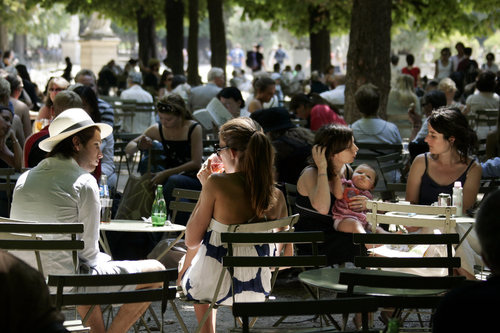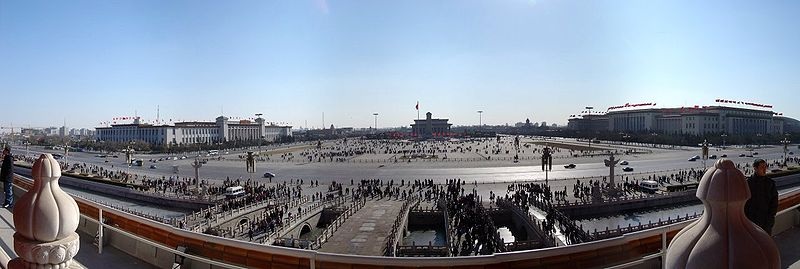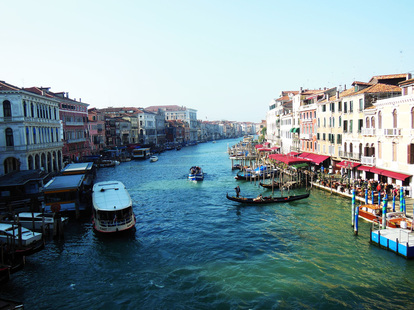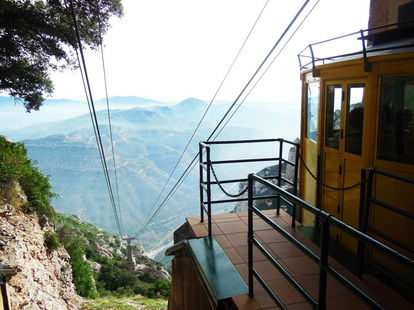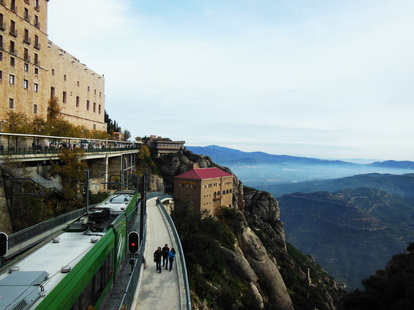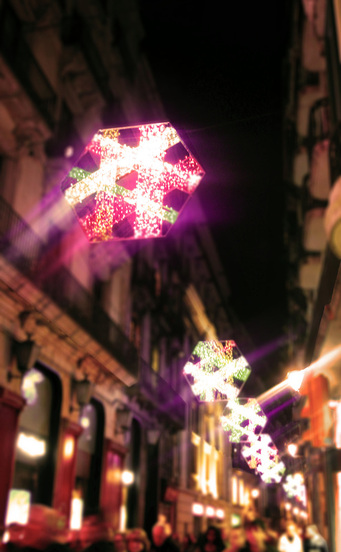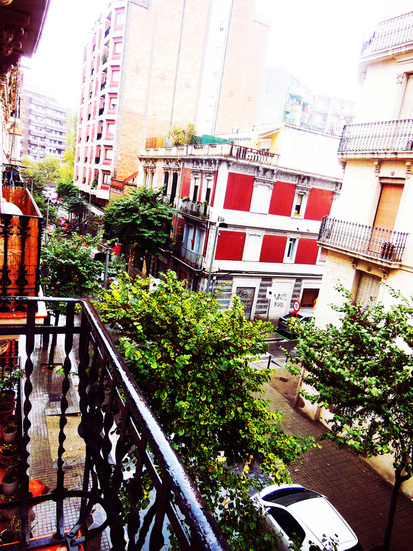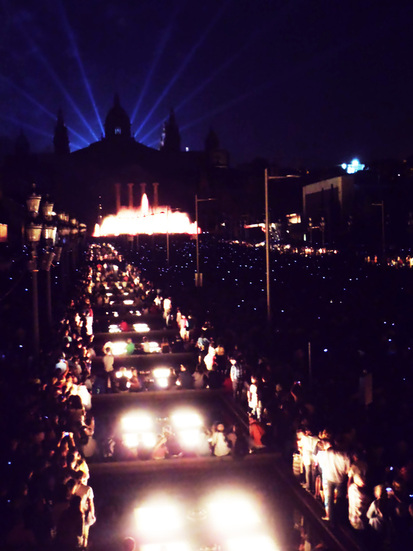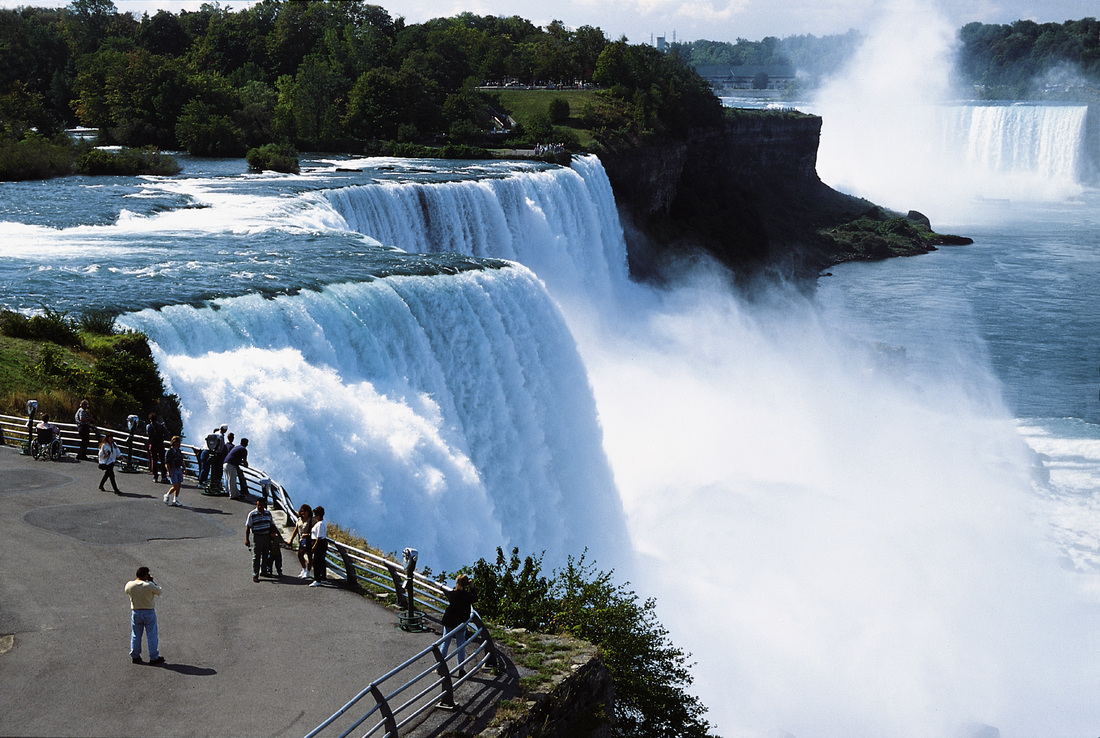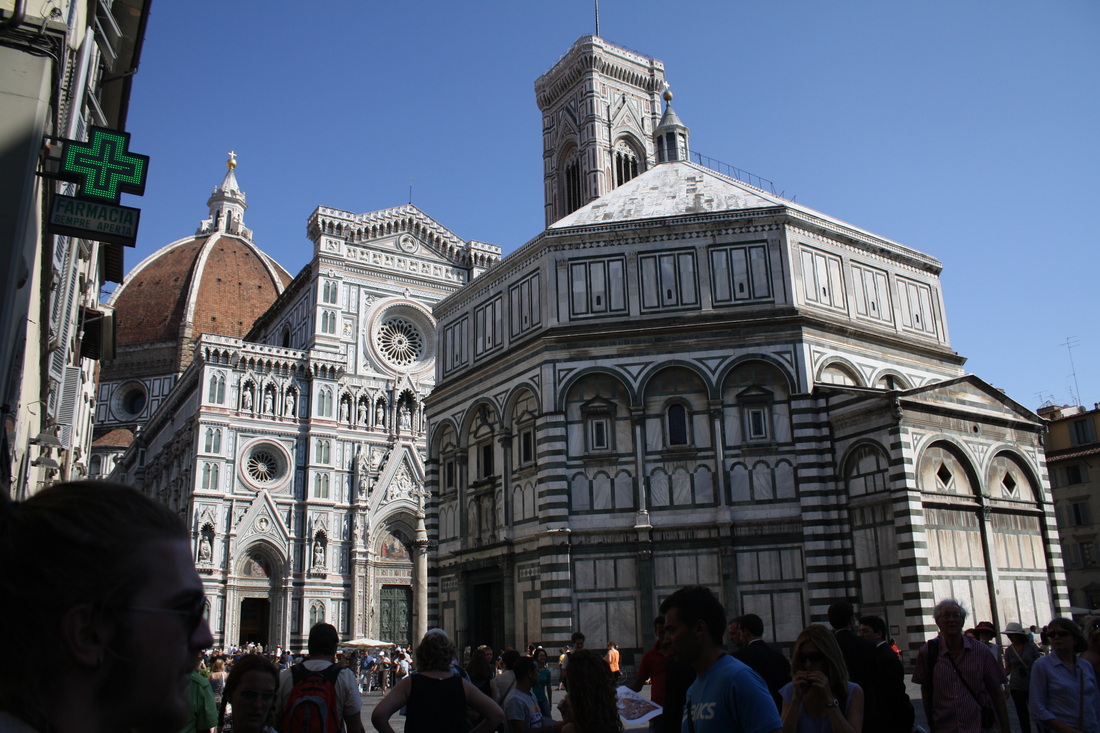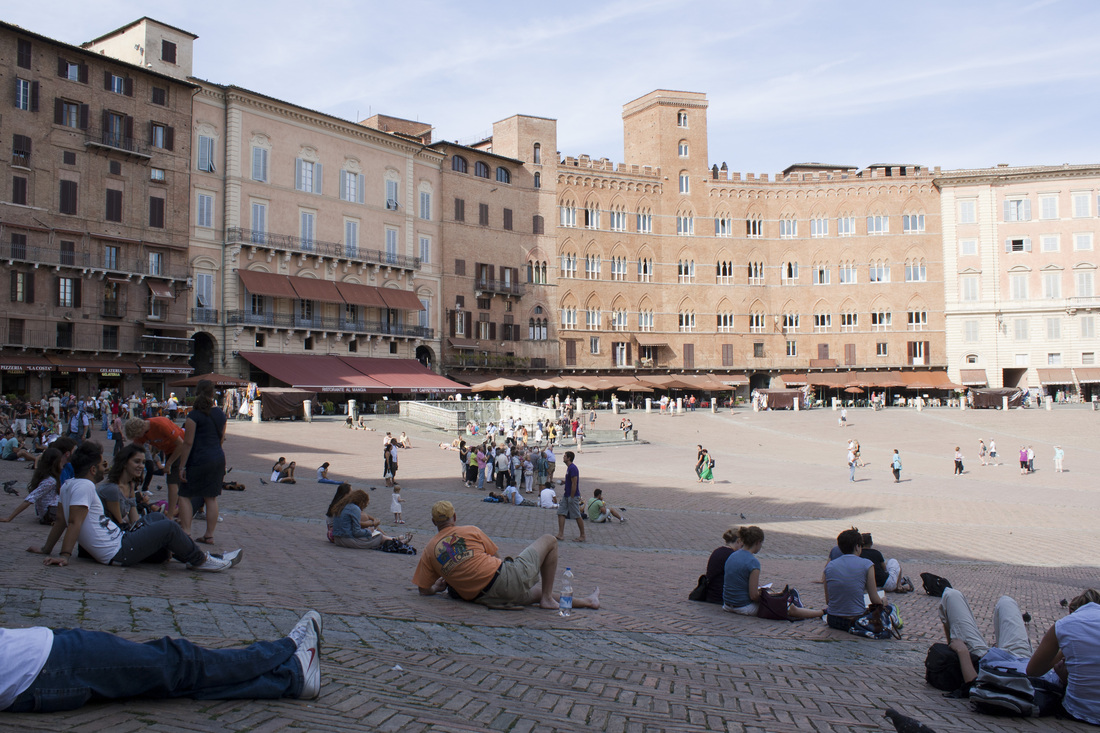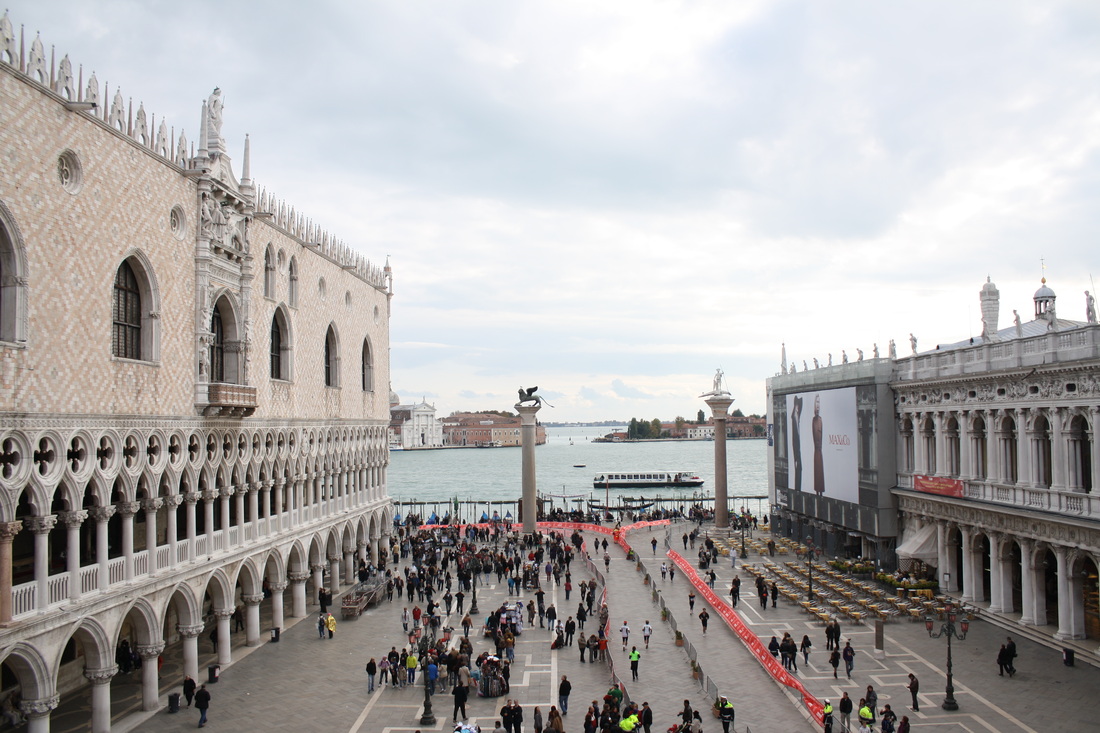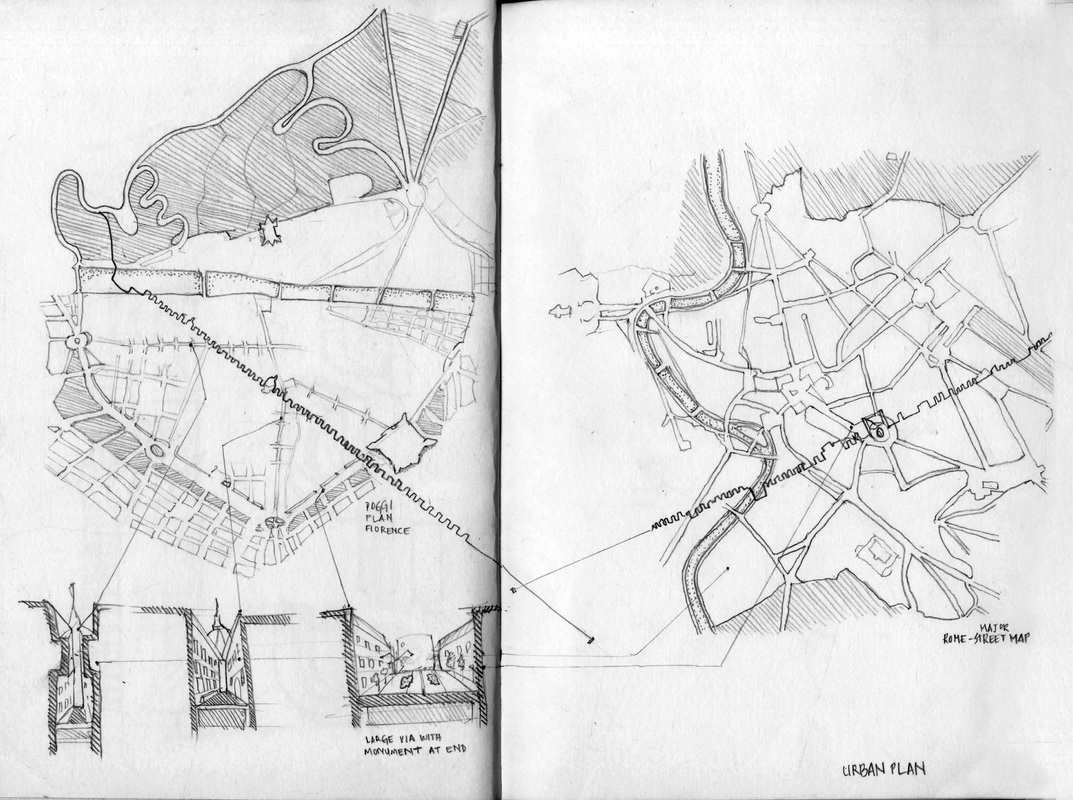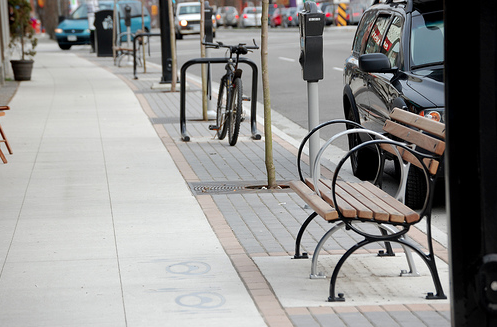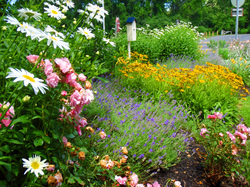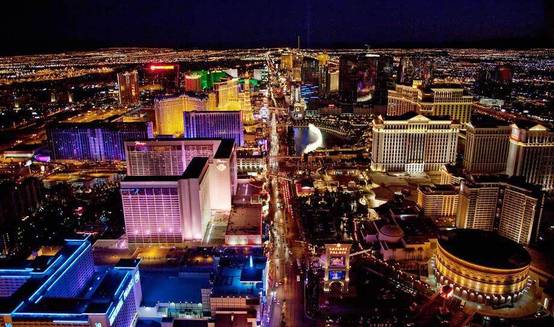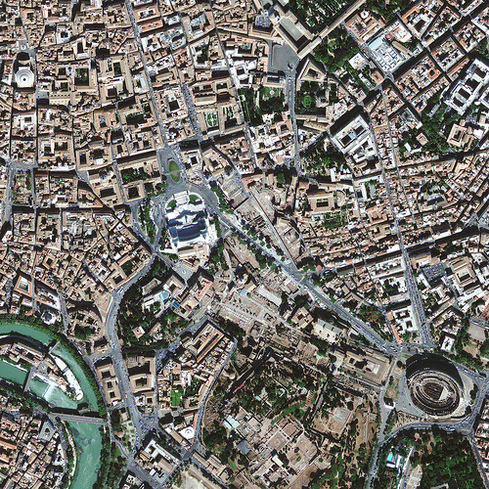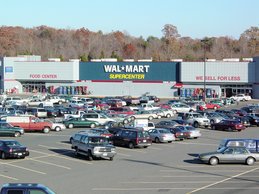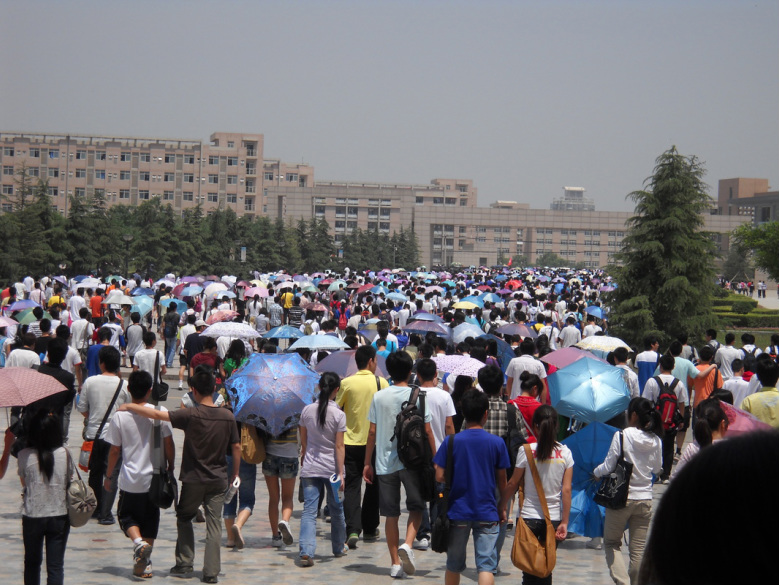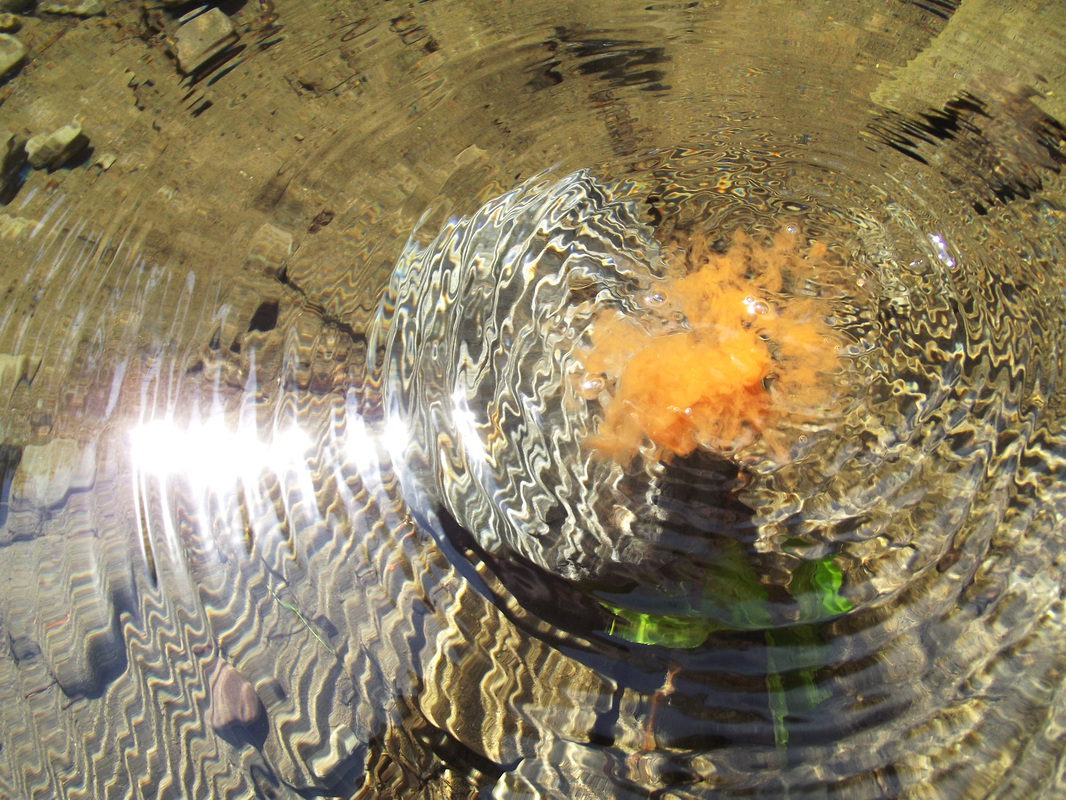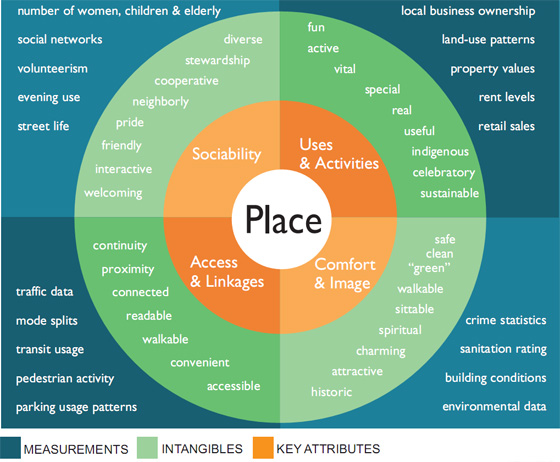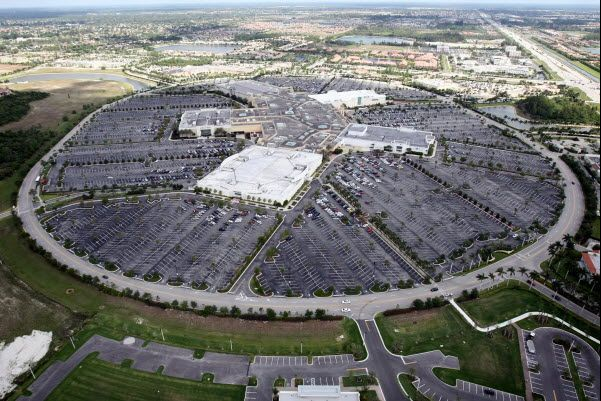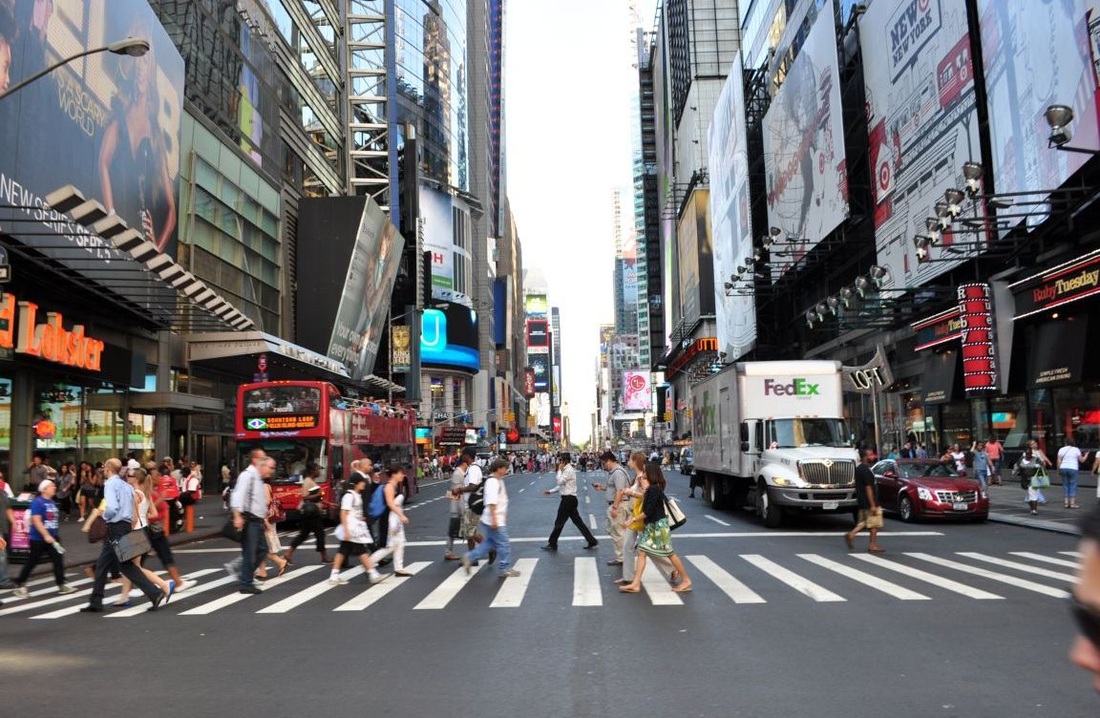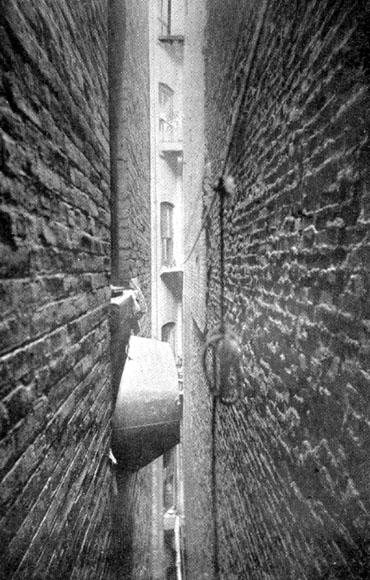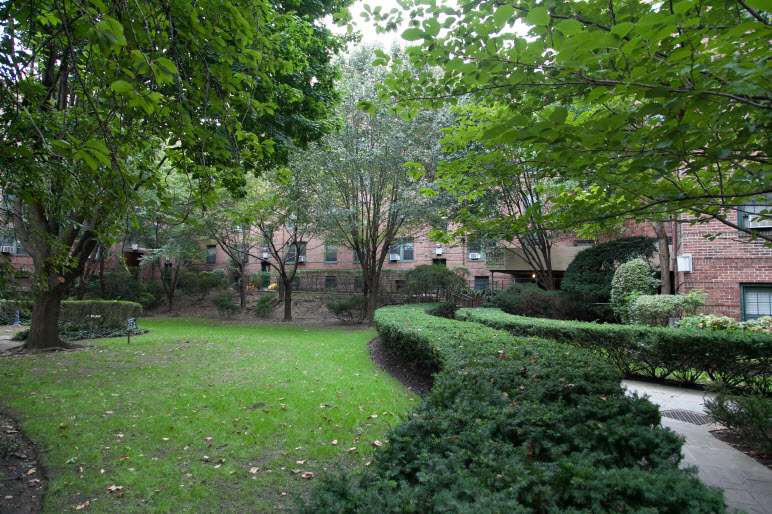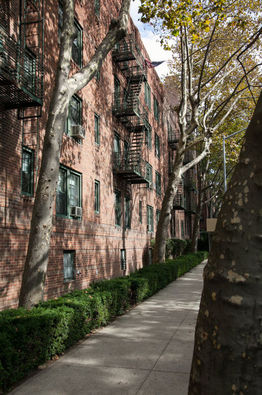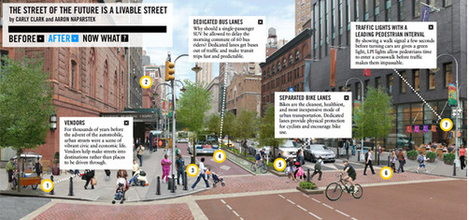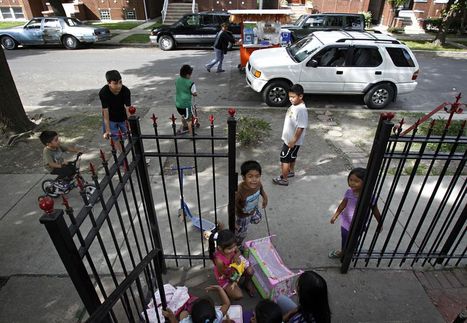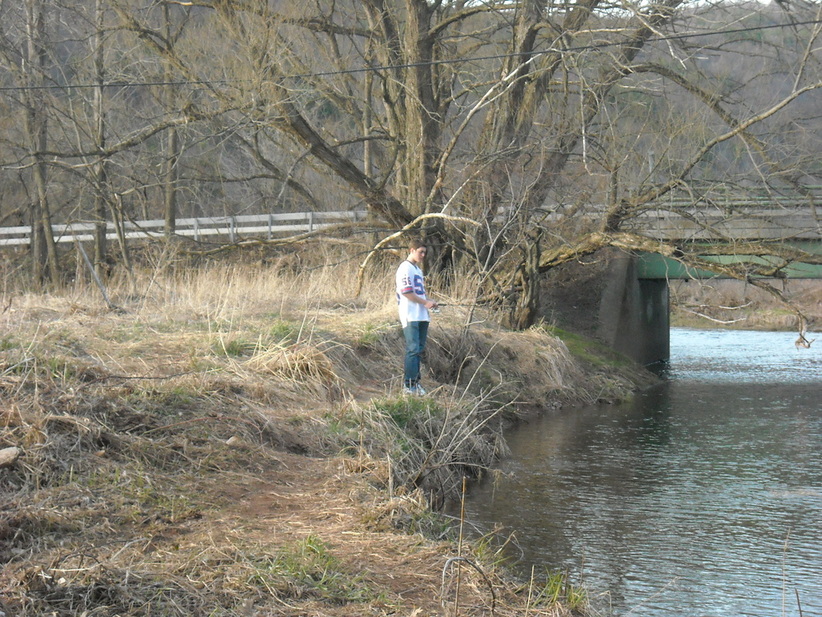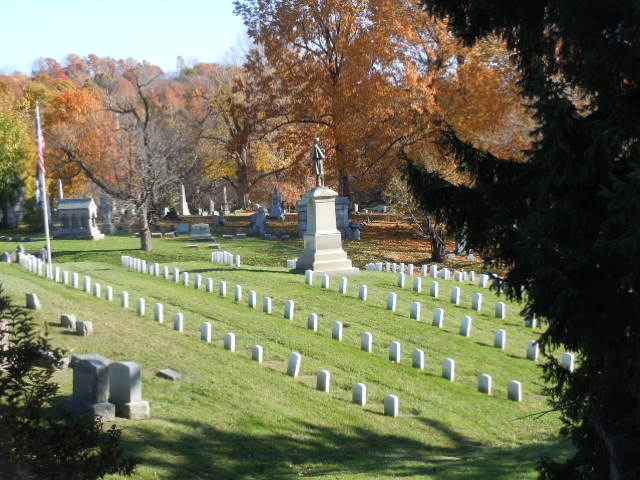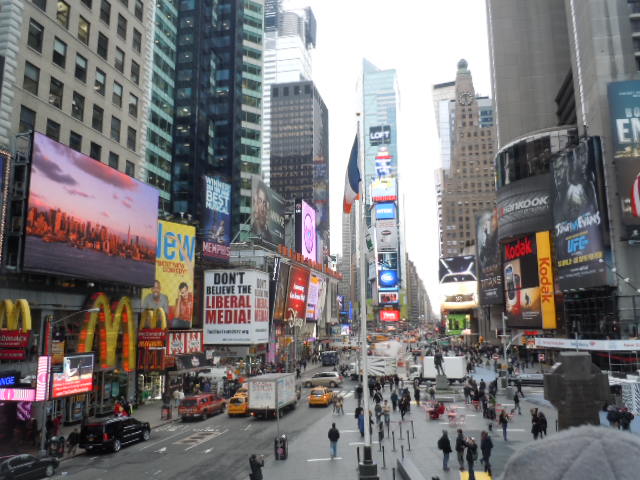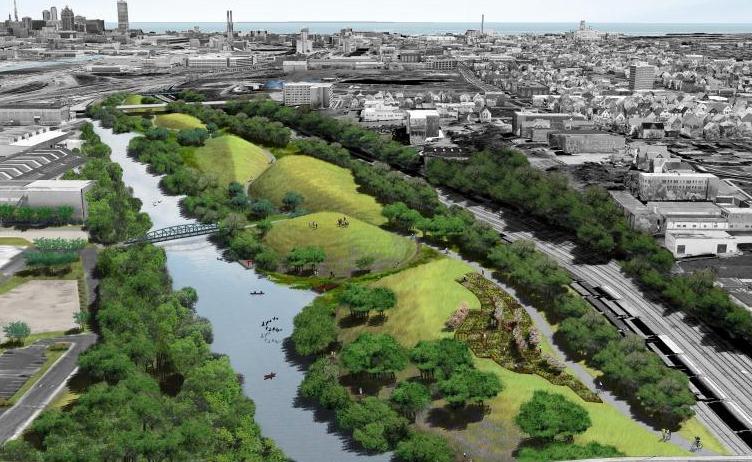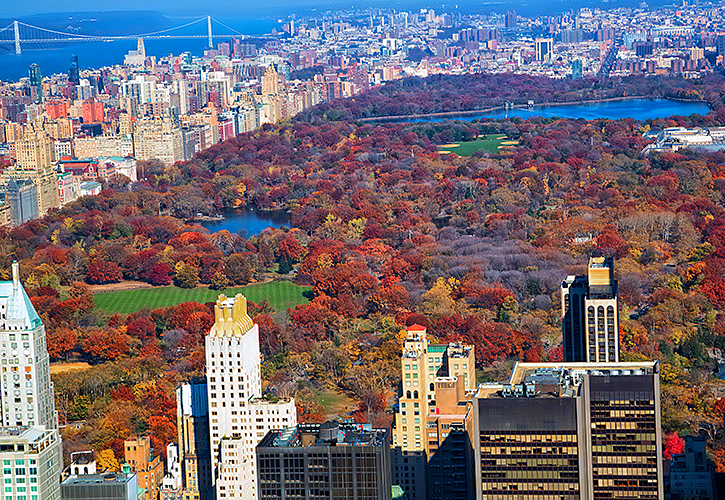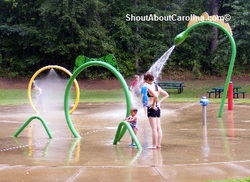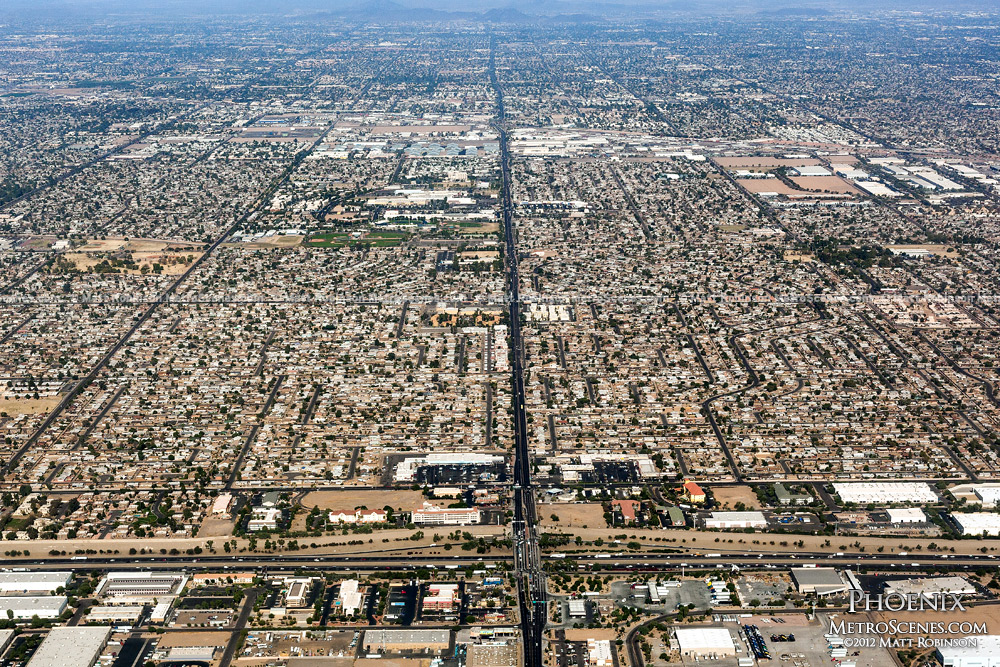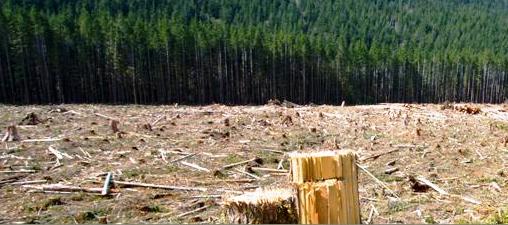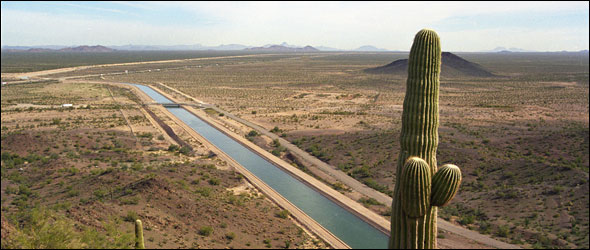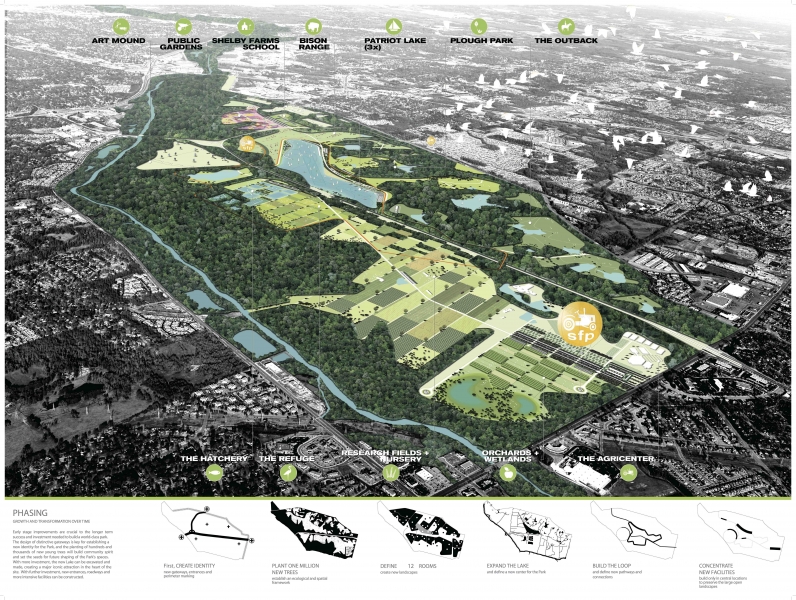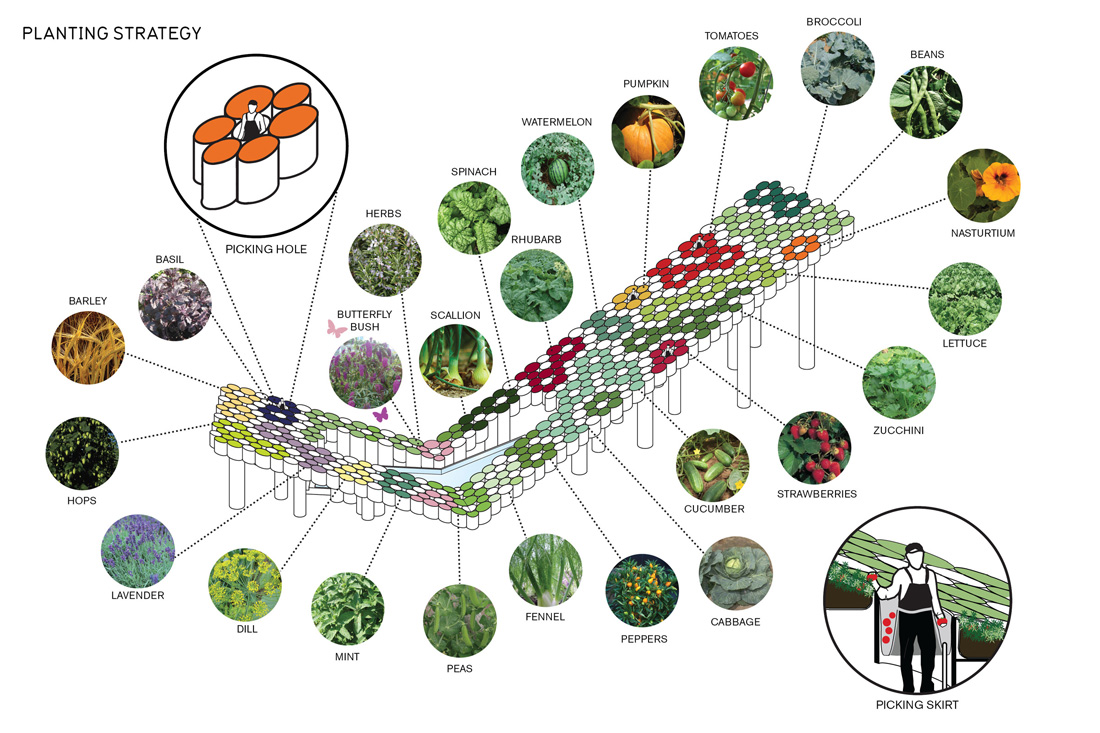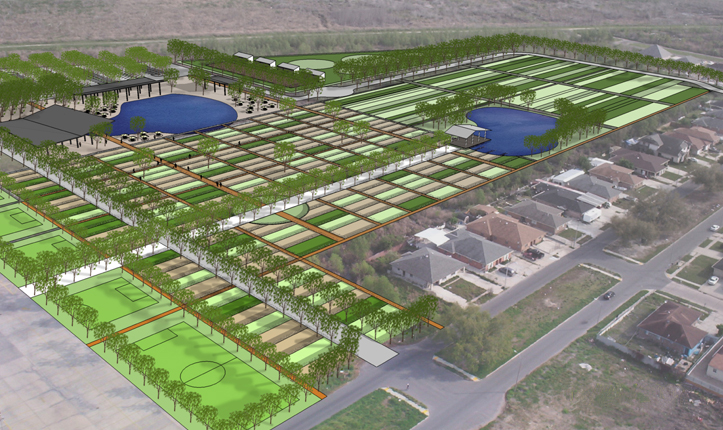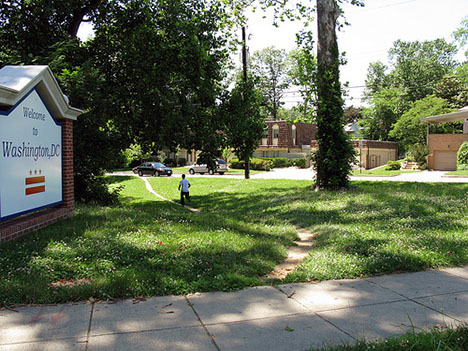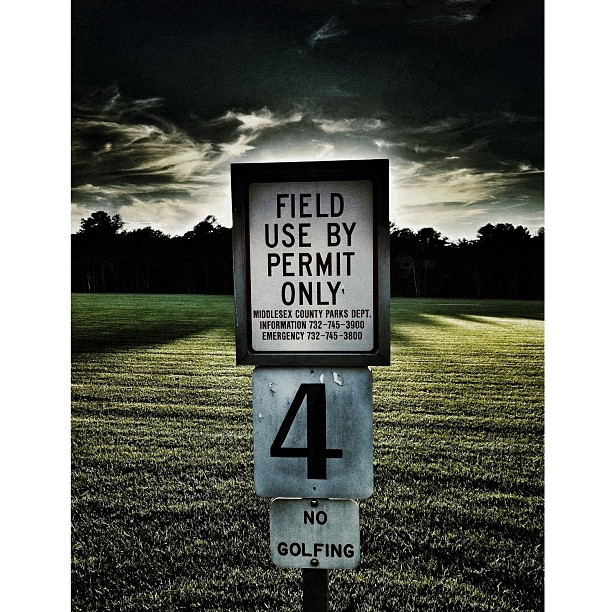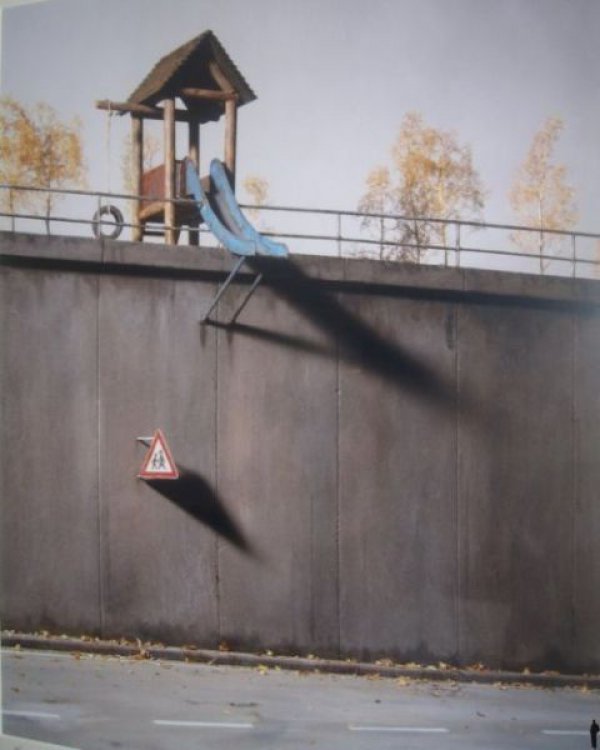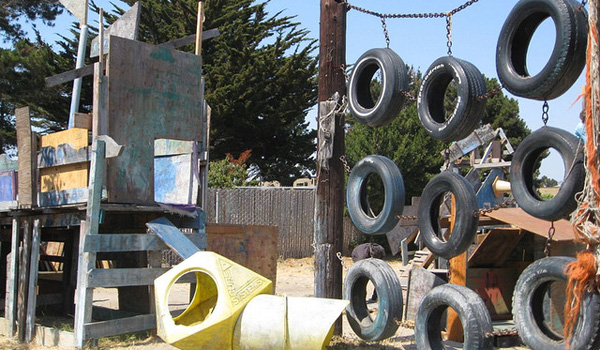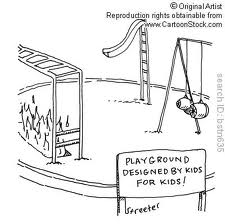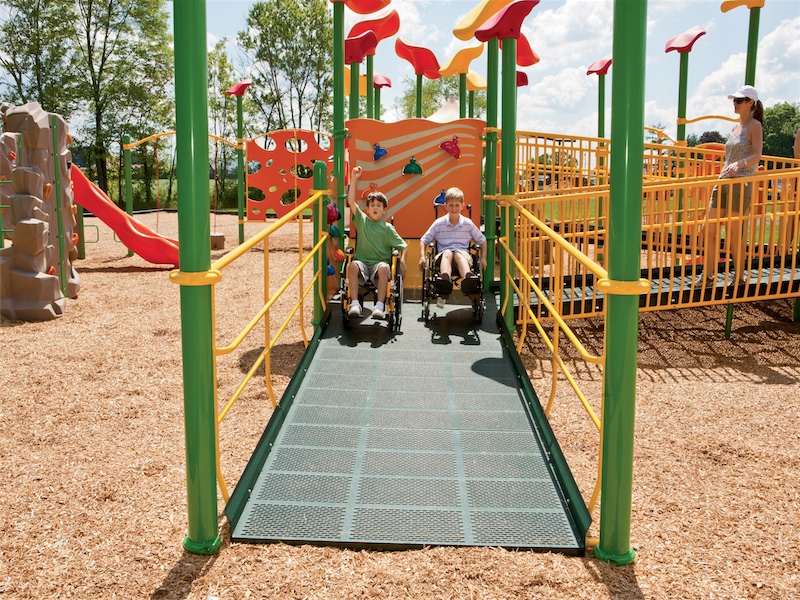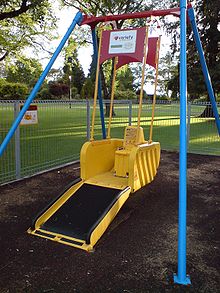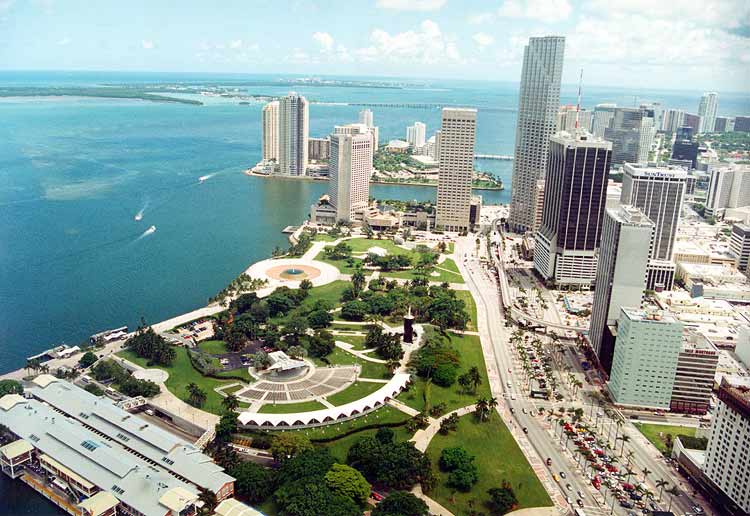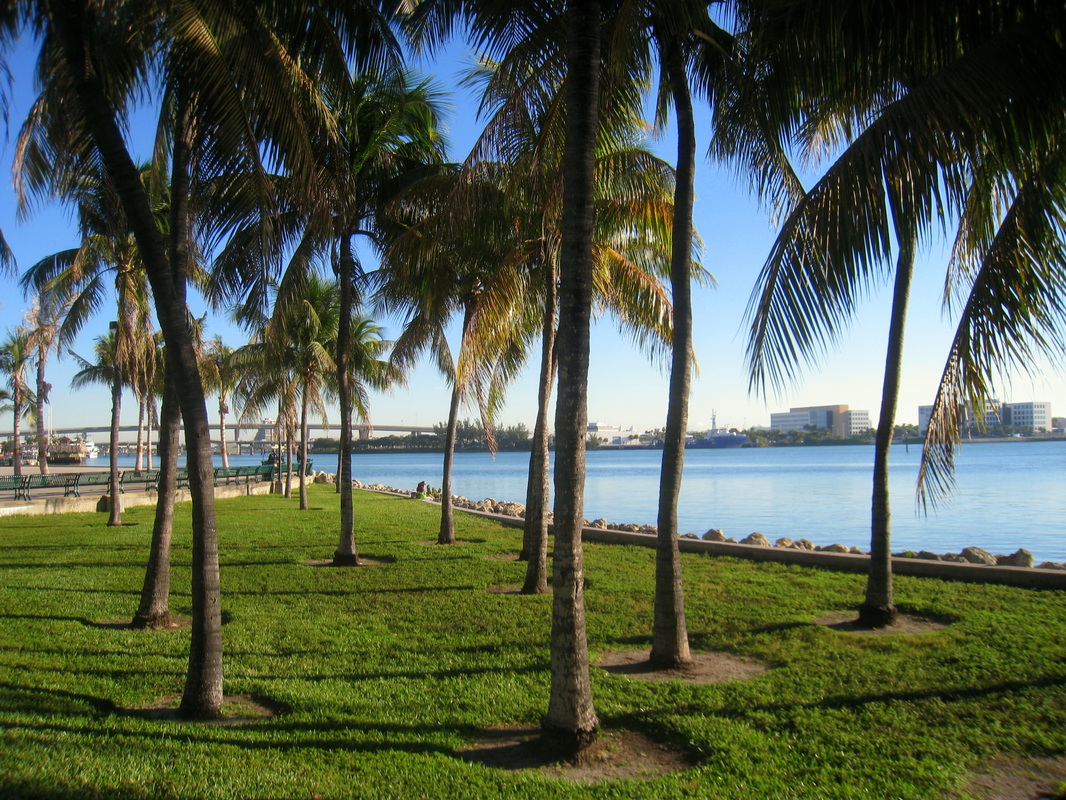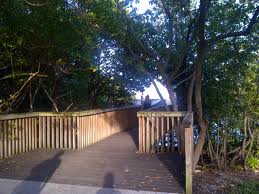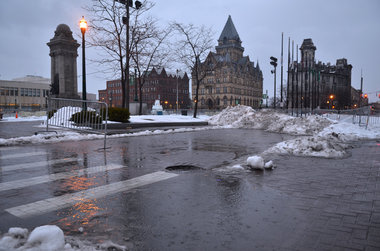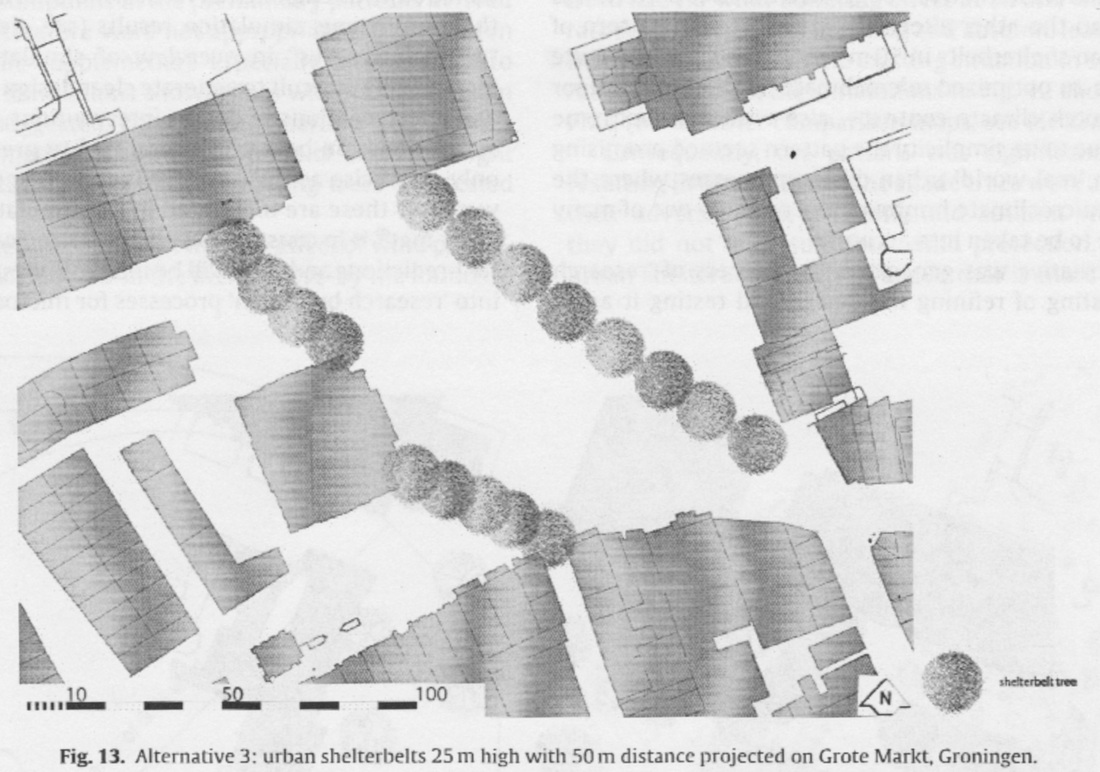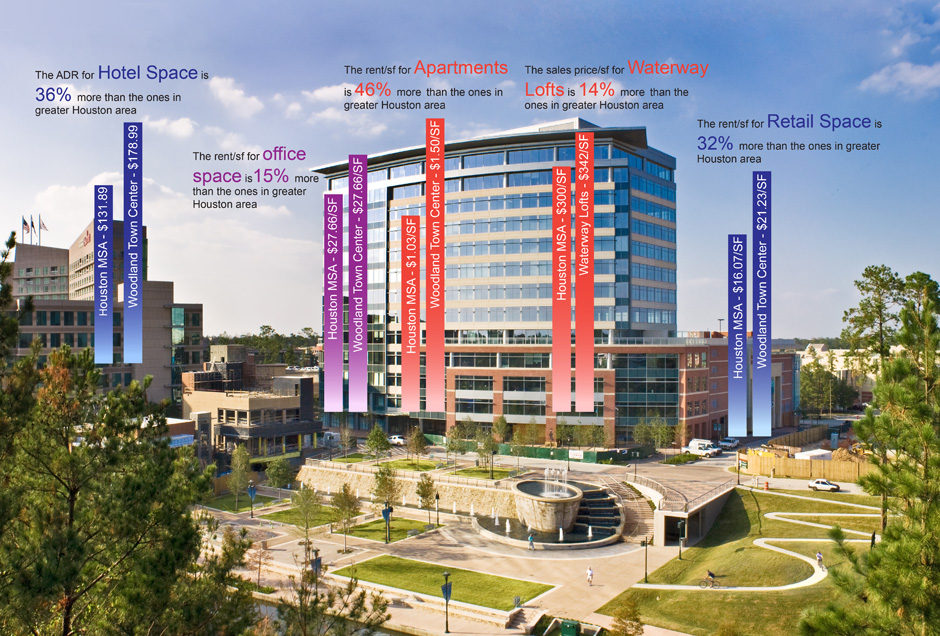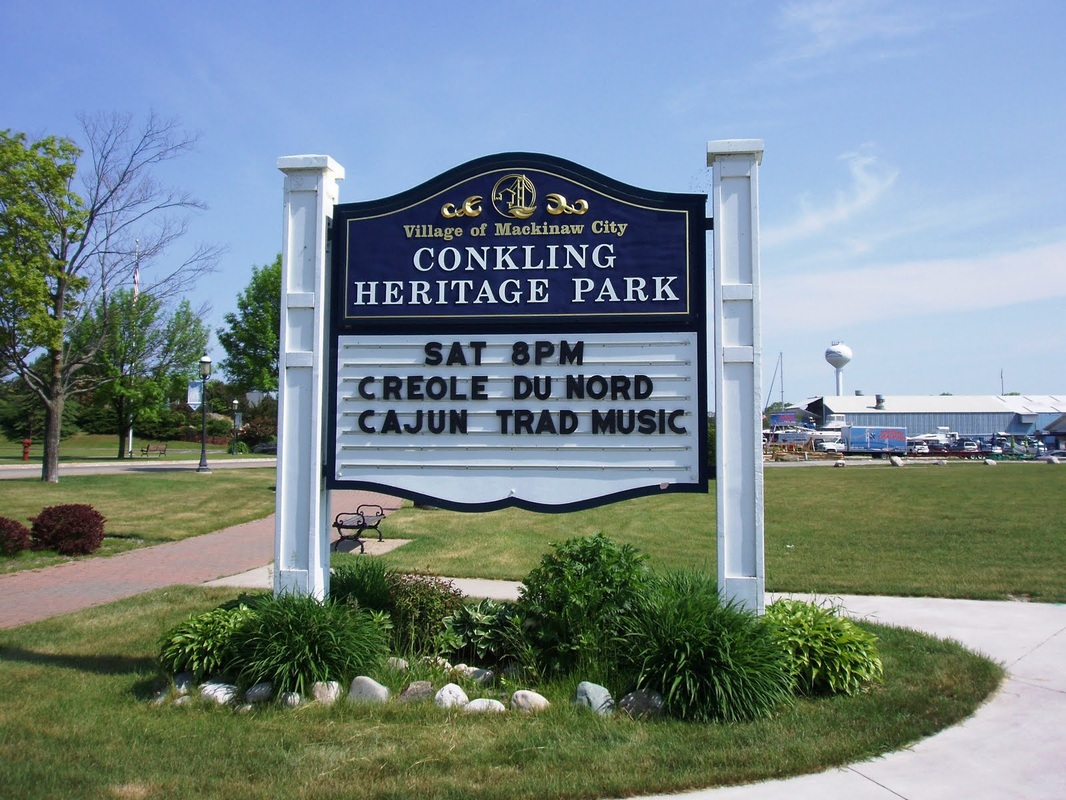course theory interpretation 2014
WEEK 1 - Zach and Sean
Squares: A Public Place Design Guide for Urbanists by Mark C. Childs
> Civic Rooms
> The Joy of the Commons
> Excursion - Public Space/Urban Beach
> The Architectural Roles of Public Art
WEEK 2 - Dan and Sara
Public Places - Urban Spaces by Matthew Carmona, Tim Heath, Taner Oc, Steve Tiesdell
> The Visual Dimension
> The Perceptual Dimension
WEEK 3 - Luke and Anna
Public Places - Urban Spaces By Matthew Carmona, Tim Heath, Taner Oc, Steve Tiesdell
> The Social Dimension
Space and Place: The Perspective of Experience By Yi-Fu Tuan
> Epilogue
> Introduction
> Spatial Ability of Knowledge & Place
> Intimate Experiences of Place
WEEK 4 - Kristy and Olivia
Health and Community Design The Impact of the Built Environment on Physical Activity by Lawrence D. Frank, Peter O. Engelke, Thomas L. Schmid
> Introduction
> Public Health and Urban Form in America
> Urban Design Characteristics
> Physical Activities - Children, The Elderly, And the Poor
WEEK 5 - Josh T. and Kyle B. (BEGIN SELECTED EXPERIMENTS)
Health and Community Design The Impact of the Built Environment on Physical Activity by Lawrence D. Frank, Peter O. Engelke, Thomas L. Schmid
> Understanding the Built Environment
> Conclusion
With People in Mind Design and Management of Every Day Nature by Rachel Kaplan, Stephan Kaplan, and Robert L. Ryan
> Restorative Environments
WEEK 6 - Ari and Makenzie The Spatial Logic of Parks by Emily Talen
(additional reading to be added to course reader)
Literature Review by Isabel Fernández
WEEK 7 - Ben and Eric
Research & Design for Thermal Comfort in Dutch Urban Squares by Sanda Lenzholzer
Rethinking Urban Parks: Public Space and Cultural Diversity by Setha Low, Dana Taplin and Suzanne Scheld
> The Cultural Life of Large Urban Spaces
FOCUS ON FIELD EXPERIMENTS & FIELD THEORY DEVELOPMENT
WEEK 8 - March 4 - 8 Work on Case Study & Related Mid Term Experiment DUE MARCH 8
WEEK 9 - March 10 -17 Spring Break!!!!!!! Collect DATA
WEEK 10 - March 18 - 22
WEEK 11 - March 25 - 29
WEEK 12 - April 1 - 5 (4-7 Boston Experiment)
WEEK 13 - April 8 - 12
WEEK 14 - The Red Thread | Field of Extraordinary Objects
WEEK 15 - Field Experiments
LAST DAY OF CLASS - Monday, April 29 . Field Experiment
FRIDAY, MAY 3 Final presentation 10:30 am - noon
HAVE A PHENOMENAL SUMMER!!!!!
Squares: A Public Place Design Guide for Urbanists by Mark C. Childs
> Civic Rooms
> The Joy of the Commons
> Excursion - Public Space/Urban Beach
> The Architectural Roles of Public Art
WEEK 2 - Dan and Sara
Public Places - Urban Spaces by Matthew Carmona, Tim Heath, Taner Oc, Steve Tiesdell
> The Visual Dimension
> The Perceptual Dimension
WEEK 3 - Luke and Anna
Public Places - Urban Spaces By Matthew Carmona, Tim Heath, Taner Oc, Steve Tiesdell
> The Social Dimension
Space and Place: The Perspective of Experience By Yi-Fu Tuan
> Epilogue
> Introduction
> Spatial Ability of Knowledge & Place
> Intimate Experiences of Place
WEEK 4 - Kristy and Olivia
Health and Community Design The Impact of the Built Environment on Physical Activity by Lawrence D. Frank, Peter O. Engelke, Thomas L. Schmid
> Introduction
> Public Health and Urban Form in America
> Urban Design Characteristics
> Physical Activities - Children, The Elderly, And the Poor
WEEK 5 - Josh T. and Kyle B. (BEGIN SELECTED EXPERIMENTS)
Health and Community Design The Impact of the Built Environment on Physical Activity by Lawrence D. Frank, Peter O. Engelke, Thomas L. Schmid
> Understanding the Built Environment
> Conclusion
With People in Mind Design and Management of Every Day Nature by Rachel Kaplan, Stephan Kaplan, and Robert L. Ryan
> Restorative Environments
WEEK 6 - Ari and Makenzie The Spatial Logic of Parks by Emily Talen
(additional reading to be added to course reader)
Literature Review by Isabel Fernández
WEEK 7 - Ben and Eric
Research & Design for Thermal Comfort in Dutch Urban Squares by Sanda Lenzholzer
Rethinking Urban Parks: Public Space and Cultural Diversity by Setha Low, Dana Taplin and Suzanne Scheld
> The Cultural Life of Large Urban Spaces
FOCUS ON FIELD EXPERIMENTS & FIELD THEORY DEVELOPMENT
WEEK 8 - March 4 - 8 Work on Case Study & Related Mid Term Experiment DUE MARCH 8
WEEK 9 - March 10 -17 Spring Break!!!!!!! Collect DATA
WEEK 10 - March 18 - 22
WEEK 11 - March 25 - 29
WEEK 12 - April 1 - 5 (4-7 Boston Experiment)
WEEK 13 - April 8 - 12
WEEK 14 - The Red Thread | Field of Extraordinary Objects
WEEK 15 - Field Experiments
LAST DAY OF CLASS - Monday, April 29 . Field Experiment
FRIDAY, MAY 3 Final presentation 10:30 am - noon
HAVE A PHENOMENAL SUMMER!!!!!
The discussion below is inspired by the reading and study of pages from the book SQUARES . A PUBLIC PLACE DESIGN GUIDE FOR URBANISTS BY MARK C. CHILDS . PART 4 . PAGES 119 - 131
CIVIC ROOMS

Northern Liberties Piazza, Philadelphia
Public spaces come in a variety of sizes. Proportion is key to a public space. The terms coves, rooms, and grounds are used to categorize the different sizes of public spaces. ‘Coves’ refer to the smallest most intimate of spaces. ‘Rooms’ refer to spaces where gatherings can occur. ‘Grounds’ refer to where large gatherings occur usually as a mass audience for an event such as a concert. People tend to stick to the edges of larger open spaces. This phenomenon is referred to as framing. This is why large spaces are typically divided up into smaller zones where people can feel more comfortable.
What are the ‘cove’ spaces in Syracuse? Other cities?
Side Street in Armory Square, Syracuse
Trompettersteeg, the narrowest street in Amsterdam
What are the ‘room’ spaces in Syracuse? Other cities?
Columbus Circle, Syracuse
What are the ‘ground’ spaces in Syracuse? Other cities?
Clinton Square, Syracuse
How much framing is needed for a successful public space?
Park benches in Foley Square, NYC
Can public spaces still be successful with vehicular traffic?
Updated version of Donald Appleyard’s Study showing the Influence of Traffic Volume on Street Life (Revisiting Donald Appleyard’s Livable Streets)
Times Square, NYC
How much enclosure is needed to create a successful public space?
Campidoglio, Roma, Italy
Grote Markt, Antwerp, Belgium
The joy of the commons
The characteristics of public spaces are formed by community interaction (civitas), respect for place (genius loci) and urban design (urbanitas). Civitas refers to understanding the needs of the community and creating opportunities for social interaction. Genius loci refers to the characteristics of the specific place. It can be the topography, climate, proximity to water, etc… Urbanitas refers to the specific decisions made to create social spaces. They were not made by accident.
Bryant Park, NYC
What does public space look like?
Celebrating the death of Osama Bin Laden in front of the White House
Central Park, NYC
What activities occur in public space?
Baltimore farmers market
Why are public spaces needed?
The importance of public space during the French Revolution
Are there ideal proportions to public spaces?
Parking Day
Tianan Square, Beijing China
Public space/urban beach

"Public theater" is the underlying concept present in this reading. Lummus Park is a beach front public space which resides in Miami, Florida. The space is used to describe this concept of "public theater" by showing the relationship between how people interact with the ground plain. Things such as colorful, decorative building fronts, elevated front porches, outdoor terraces and waving palms, are a few examples of the elements which make Lummus park so successful (Nepomechie 71). This reading also discusses how the city was created to invoke the values present at that time of its conception, and how the city itself is essentially manmade, placed on top of "swamps and dense brush" (Nepomechie 73). This reading finishing by describing how elements within the landscape can be used as "markers of daily and seasonal change". (Nepomechie 75). Lummus Park is a space used to exemplify the concept of "public theater" and of how people observe and are observed by others.
Beach sunset -
Sitges, Spain
1) What elements are needed to help build a lively, "successful" city?

Olympic Stadium - Barcelona, Spain
2) What unique cities reside within the US? What are the structures present in these cities which give a unique character to each of them?

View of the city of Barcelona with distinguishable iconic buildings. - Barcelona, Spain
3) What are the layers which makeup a successful ground plain in cities?

Street view - Barcelona, Spain
4) what sorts of geographic features allow for a unique character to a city?

Montserrat town - Barcelona, Spain
5) How are beach front designs unique from other city types? What are the conditions unique to this area?

Beach panoramic - Barcelona, Spain
the architectural roles of public art
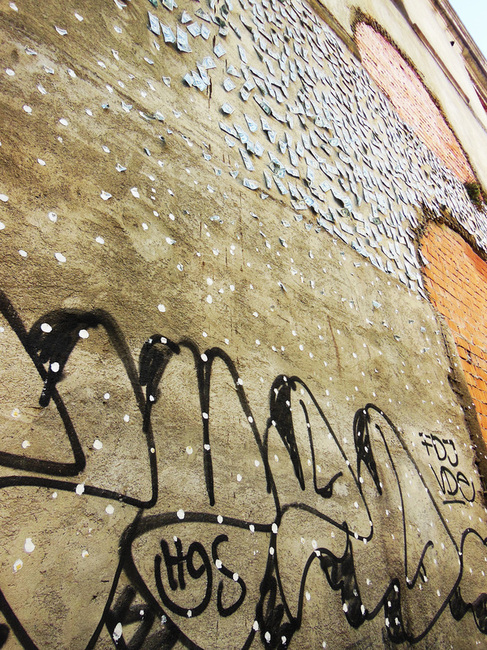
What is the role of art in our society today? This reading helps to point out the roles of which art pieces are able to
fulfill and the ways in which artwork is used as more than just a pretty piece to look at. Art in our landscape today
can incorporate elements which are present in everyday life such as water, wind, the night sky and can even incorporate strange elements such as gum. Artwork is also available to us to create stages for which people are able to perform and be seen from. Some other topics discussed in this reading dealt with what makes a
successful pathway for people to move through, what are the characteristics which make a space a "meeting point", and the different scale of landmarks in our environment. This reading finishes by talking about the roles of which public art are able to play in our society; how art itself is able to fulfill a dual purpose. And finally, how public art is able to work seamlessly into the urban design so that art is both beautiful, and functional.
Dollar bill wall art -
Florence, Italy
1) What is art? What in your eyes constitutes as a work of art?

Country bears - Paris, France
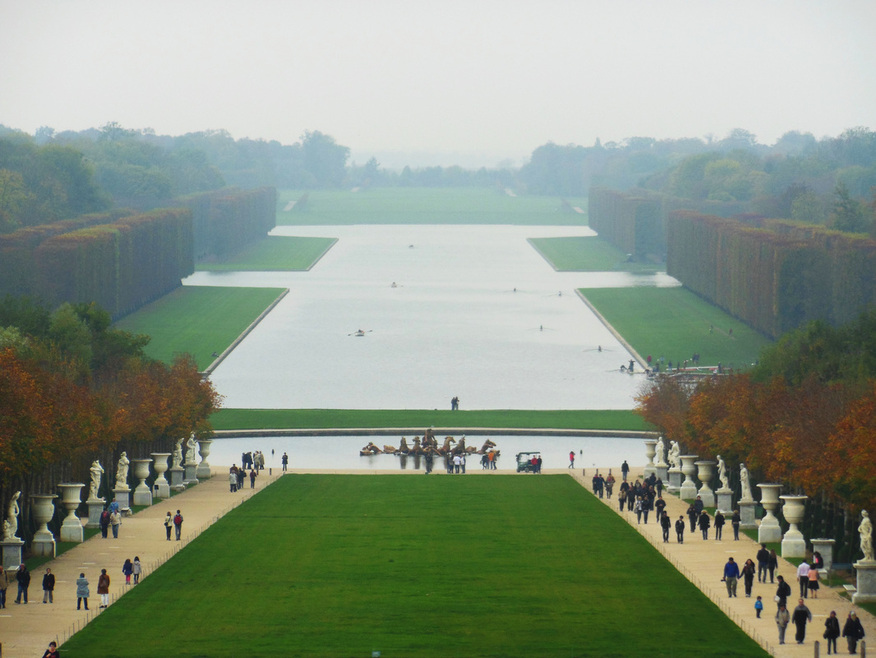
Versailles gardens - Versailles, France
2) Can a landscape be created completely void of artwork?

Beach panoramic - Barcelona, Spain
3) Are there desirable qualities which contribute to a successful "work of art"?

Roman coliseum - Rome, Italy
4) Are there any built forms that serve a dual purpose as being a piece of art work while fulfilling another role in the landscape?
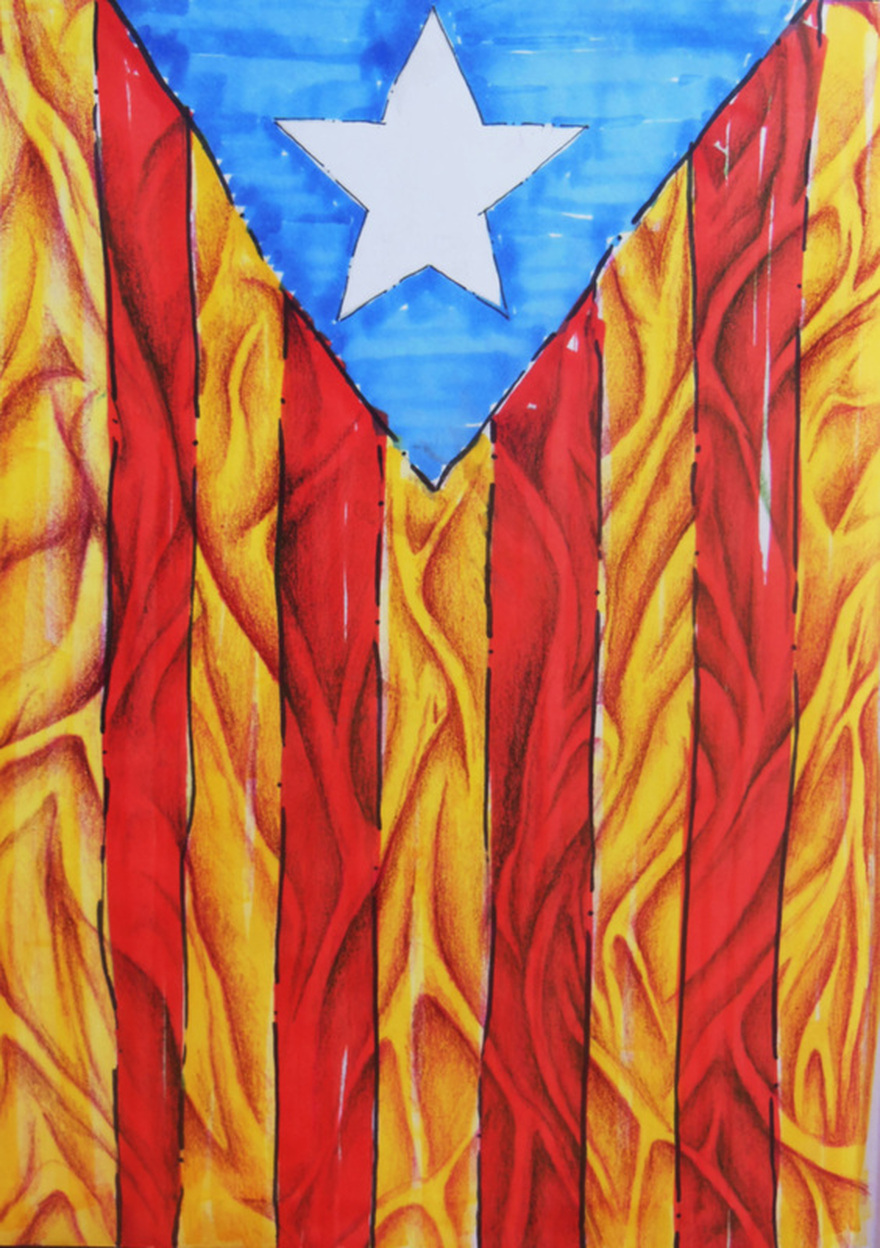
Catalan flag drawing - Barcelona, Spain
5) Can an unforeseen event turn an otherwise uneventful object into a personal piece of art?

Bullet holes along building facade - Barcelona, Spain
1.WHAT PUBLIC SPACES ARE COMMONLY KNOWN TO BE AESTHETICALLY APPEALING TO THE MASSES WORLD WIDE? WHY DO YOU THINK?
NIAGRA FALLS, US+ CANADA
http://niagara.ettractions.com/destination/Niagara/114/
THE VISUAL DIMENSIONTHE VISUAL AESTHETIC OF URBAN DESIGN
ATTRIBUTES THAT CONTRIBUTE TO GENERALIZED PREFERENCE: Naturalness Upkeep/civilities Openness and defined space Historical Significance/content Order |
MATTERS:
HOW WE JUDGE IT + APPEALS TO OUR MIND + EMOTIONS NOTIONS OF BEAUTY CAN AND ARE SOCIALLY + CULTURALLY CONSTRUCTED |
PARQUE DEL RETIRO, MADRID, SPAIN
THE BOBOLI GARDENS, FLORENCE, ITALY
COMPONENTS THAT TRANSCEND TIME + CULTURE: PATTERN | RHYME| BALANCE| HARMONY |
time square, new york city, us:
http://socialspacenewyork.blogspot.com
URBAN SPACE ALWAYS ON DISPLAY
INVOLVES ALL OF OUR SENSES: SMELLS MATERIALITY + ACTIVITIES
URBAN SPACE ALWAYS ON DISPLAY
INVOLVES ALL OF OUR SENSES: SMELLS MATERIALITY + ACTIVITIES
THE KINESTHETIC EXPERIENCE : MOVEMENT + TIME, UNFOLDING TEMPORAL SEQUENCE
2. HOW WOULD ONE DESIGN DIFFERENTLY TO CATHER TO THOSE WHO EXPERIENCE PLACES THROUGH GLASS AS PASSENGERS OR DRIVERS OF MOVING VEHICLES BUT HAVING IN MIND THE PEDESTRIAN?
learning from las vegas, (venturi)
CONSIDER HOW TO INCLUDE APPROACH + MOVEMENT
http://www.blueprintmagazine.co.uk/index.php/architecture/book-review-las-vegas-studio/
shanghai, china
CONSIDER TOGETHER TO CREATE A SENSE OF DRAMA + VISUAL INTEREST + REINFORCE AND ENHANCE THE SENSE OF SPACE
3. CAN YOU THINK OF A PLACE WHERE YOUR PERCEPTION OF TIME WAS DISRUPTED?
duomo views, florence, italy
POSITIVE + NEGATIVE SPACE
PEOPLE PERFER A SENSE OF ENCLOSURE
SPACES SHOULD HAVE A RELATIONSHIP TO THE BUILDING?
PEOPLE PERFER A SENSE OF ENCLOSURE
SPACES SHOULD HAVE A RELATIONSHIP TO THE BUILDING?
PLAZA MAYOR, MADRID, SPAIN
STRONG SENSE OF CONTAINMENT, STREETS PASS BY THE SPACE
4. AS DESIGNERS OF OUR TIME, TO WHAT DEGREE SHOULD ONE CONSIDER HOW FORMAL OF INFORMAL A STRRET OR SQUARE IS?
PIAZZA DEL CAMPO, SIENA, ITALY
SPACE IS ORGANIZED BY A BUILDING
PIAZZA SAN MARCO, VENICE, ITALY
PIAZZA DE LA SIGNIORIA, FLORENCE, ITALY
SKETCH: URBAN PLANS FLORENCE + ROME
5. IF YOU COULD PLAN A CITY FROM SCRATCH WHAT LESSONS or aspects WOULD YOU APPLY? WOULD YOU HAVE A GRID PLAN?
lincoln rd. miami beach, fl | pavement
http://buildipedia.com/in-studio/featured-architecture/urban-redevelopment-1111-lincoln-road
vancouver, canada| street furniture
http://spacing.ca/toronto/2009/04/13/vancouvers-canada-line-forces-streetscape-improvements/
deichmann square | soft + hard landscaping
http://housevariety.blogspot.com/2011/07/deichmann-square-landscape-by-chyutin.html#.UQJypaXU5FI
The perceptual dimension: environmental perception & the construction of place
Dan Arseneau
Sensation and perception
elements of perception
the perception of each stimuli is the sum of four analyses. cognitive, affective, interpretive, and evaluative
identity, image, imageability, and legibility
|
identity and image are constructs of sense and perception. identity relates to sense in that it is the actual physical condition of a space while image is an identity impacted by an observer's perceptions.
an object with high imageability has a greater chance of evoking a strong image in an observer and will lead to greater legibility, the ability of people to orient themselves and navigate within cities. |
images can become a part of a persons cognitive map of a region if the have identity, structure, and meaning.
the aggregation of a population's cognitive maps can reveal their collective image of their place. What can we learn about groups or individuals based on the way they collectively perceive the same environment? |

cognitive map
http://www.sustainablefutures2011.org/wp-content/uploads/2011/05/lynch_image_of_city.jpg
http://www.sustainablefutures2011.org/wp-content/uploads/2011/05/lynch_image_of_city.jpg
what do we identify for each of these elements in the city of syracuse? how do our perceptions change if we look at a larger scale?
how do you organize your hometown? do you think all residents of your hometown organize it the same way? in what ways might other residents organize it? what about visitors?
environmental meaning and symbolism
denotation and connotation1st order meaning, denotation, is an object's primary function.
2nd order meaning, connotation, is an object's symbolic nature. |
erie canal
http://upload.wikimedia.org/wikipedia/commons/4/4e/Erie_Canal_-_Fairport_Lift_Bridge.JPG
http://upload.wikimedia.org/wikipedia/commons/4/4e/Erie_Canal_-_Fairport_Lift_Bridge.JPG
the construction of place
spirit of placeexperience beyond the physical and sensory properties of a place
is spirit of place the same as collective perception?
|
components of place making
place exists as a combination of physical form and observer perception.
in the short term its existence is physical. in the long term meaning is created.
in the short term its existence is physical. in the long term meaning is created.

Hanover Square
http://www.butterfieldappraisals.com/images/359_Hanover_Square_Syracuse_-_Final.jpg
http://www.butterfieldappraisals.com/images/359_Hanover_Square_Syracuse_-_Final.jpg
placelessness
a loss or absence of meaning
- Who has friends that live across the country or around the world? Did you ever/do you still have a collective identity grounded in place? How long do you think a geographic identity will last once you leave syracuse?
Conclusions
SPATIAL ABILITY, KNOWLEDGE, AND PLACE
& intimate experiences of space
by luke mancuso
1. What part of your daily lives does your sense of place create an almost hypnotized state/what elements contribute to the intertwining of sense of place and monotonous routine?
Xi'an, China
Visual Cues
2. What foreign cities have you been to that you remember being guided through the use of visual cues within the landscape?
Cruceta del Vigía-Ponce, Puerto Rico
personal connections
3. What place in your past have you had a personal connection to and what aspects contribute to their sacredness?
Wilbur Park, Oneonta NY
“Intimate experiences, not being dressed up easily escape our attention. At the time we do not say “this is it”, as we do when we admire objects of conspicuous or certified beauty. It is only in reflection that we recognize their worth. At the time we are not aware of any drama; we do not know that the seeds of lasting sentiment are being planted.”
Precious places?
4. In what ways have you witnessed or experienced precious places within the landscape? How would you define "precious"?
Erie Canal remnants, Montezuma NY
I, David Kern, am always affected-reassured, nostalgically pleased, even, as a member of my animal species, made proud-by the sight of bare earth that has been smoothed and packed firm by the passage of human feet.”
-John Updike Short story passage
Proxemics & intimacy
5. Edward T. Hall’s proxemics diagram talks about spheres of intimacy the closer an individual is to another person. What trends or patterns do you see going on in the picture below/what patterns of proxemics have you witnessed in your day to day lives that would reflect Hall’s model?
Puerto Rican beach
The Social Dimension
Introduction & Epilog
By Ana Maria castillo
What is a Space? What is a Place?
"Relaxed and Fulfilling daily life must find its balance
in three realms of experience:
Domestic, Work and Social"
Relationship Between people and place
Public realm & Public life
Neighborhoods
Safety & Security
Accessibility
What is the nature of Experience and of the experiential perspective?
What connection is there between space awareness and the idea of future time and of goal?
What are the links between body postures and personal relationships on the one hand and spatial values and distance relationships on the other?
Are space and place the environmental equivalents of the human need for adventure and safety, openness and definition?
What are some ways moderate physical activity are integrated into your life?
http://shotofiction.wordpress.com/2012/10/
what are some elements to environments that may encourage physical activity?
http://bike-pgh.org/blog/2012/07/19/several-downtown-properties-get-bike-parking-facelifts/
CAN YOU THINK OF ANY ENVIRONMENTS THAT HAVE SOME OF THE CHARACTERISTICS OLMSTED DEEMS CONTRIBUTE TO UNHEALTHY ENVIRONMENTS?
Air/ light shafts in tenements
found in the fact that differeing proportions between the dying and the living, the sick and the well, which are found to exist between towns where most of the people still live on narrow streets... and between parts of the same town which are most crowded and those which are most open
"THE TWO GREAT NATURAL AGENTS OF DISINFECTION: SUNSHINE AND FOLIAGE"
OR in reverse, CAN YOU THINK OF MODERN UNHEALTHY ENVIRONMENTS AND WHAT ELEMENTS MAKE THEM SEEM UNHEALTHY?
Smog in Beijing, China
WHAT IS YOUR IDEAL CITY COMPOSITION?
Blue Black Square Mixed Use Development, West Hartford Connecticut
HOW WOULD YOU LIKE TO LIVE IN A NEIGHBORHOOD SUCH AS THIS?
Sunnyside Gardens, Queens New York
Street design
"Streets and their sidewalks, the main public places of a city, are its most vital organs."
-Jacobs, 1993
-Jacobs, 1993
1 what do you consider to be a successful street design?
9th Avenue, NYChttp://archpaper.com/news/articles.asp?id=3521
The Woonerf in Amsterdamhttp://ucdesustainability.blogspot.com/2011/07/wonderful-world-of-woonerfs.html
2 if a city's streets look interesting do you consider the city to be interesting? if a city's streets look dull, do you consider the city to be dull also?
Fayetteville, Arkansashttp://architecture.uark.edu/625.php
http://www.planetizen.com/node/39815
3 what make spaces lively and interesting?
The Street of the Future is a Livable Streethttp://vi.sualize.us/eco_oficina/street%20design/?waterflow&page=9
Physical Activity | Children, the elderly, and the poor
4 do you agree that the built environment should be considered one of the important factors that shape physical activity patterns?
Interactive Sound, Sculpture for Kids, Washington DChttp://takeaway-lindz.tumblr.com/post/25393714188/63-interactive-sound-sculpture-for-kids
Playground in Scandinaviahttp://www.berkeley.edu/news/media/releases/2002/04/29_child.html
http://featuresblogs.chicagotribune.com/theskyline/2011/10/cramped-chicago-half-of-the-citys-27-million-people-live-in-park-poor-areas-lakefronts-parkland-disg.html
5 are environments that encourage physical activity also environments that will prevent the fewest amount of barriers to any group in society?
Aggork Play Space in Aucklandhttp://360urban.co.nz/lounge/2011/08/play-space-auckland/
understanding the built environment
with infrastructure and land use patterns like this, is it possible to create environments that promote physical means of travel?
Author suggests that proximity and connectivety influence our behaviors when choosing a transportation method. Beyond that, similar modes of transportation (walking, biking....) need to be designed for using different approaches. The users require different things.
Does proximity influence your decision to walk or bike more than the "cost"?
The author suggests that more dense environments have closer proximities to destinations which results in short trip time. This may or may not promote more physical modes of travel. Another view is that the choice is more influenced by the cost of the trip (time, money.....).
when similar user groups require different environments for their physical activity, how do we design for all users?
The author states that utilitarian travel by bike or foot often requires the same infrastructure, but the aesthetic needs are different. For instance, a cyclist is more concerned about safety than benches and shade...
Can you think of any attempts to mix purposes that also please each of the user groups?
how can we work around "neighborhood supply" when designing for physical activity?
The author suggests that urban neiborhoods which promote physical activity are often out of financial reach for those that wish to live there. If there is a shortage of affordable communities that also offer attractive public spaces that are safe and also have close proximities, how can we create a sense of this in more affordable areas?
conclusion
No matter how hard we try to create environments promoting physical activity, we are hindered by current policies. We have to work just as hard to change our polocies governing development. There are small changes we can make like creating short-cuts from the housing development to the mall, and connecting suburban developments wwith walkways.
Restorative ENVIRONMENTS
R1: quiet FASCINATION
r2: Wandering in small spaces
r3: SEPARATION from distraction
r4: wood, stone, and old
R5: The view from the window
William whyte reflection
Kyle Buser
This is the second time I have seen this film and I love the 70s styles of the people and the narrator. The film is outdated in some aspects but timeless in others. It would be interesting to see this experiment re created in present day situations. Would today’s technologies and society have a drastic effect on the way we act in public space compared to thirty or forty years ago? At the same time the film documents basic human behavior, while interacting with other humans in a dense urban public space. It shows an instinctual behavior that I don’t think will drastically change over time, for example how we move across a square. It is also interesting to look at the different typologies of public spaces they study and the endless varieties of human interaction that occurs there.
This is the second time I have seen this film and I love the 70s styles of the people and the narrator. The film is outdated in some aspects but timeless in others. It would be interesting to see this experiment re created in present day situations. Would today’s technologies and society have a drastic effect on the way we act in public space compared to thirty or forty years ago? At the same time the film documents basic human behavior, while interacting with other humans in a dense urban public space. It shows an instinctual behavior that I don’t think will drastically change over time, for example how we move across a square. It is also interesting to look at the different typologies of public spaces they study and the endless varieties of human interaction that occurs there.
The Spatial Logic of Parks
By Emily Talen
How do you envision parks distributed throughout the landscape?
Would you rather see parks larger and in the middle of the city, on the outskirts creating a green belt or small parks distributed evenly throughout the city.
What is the Enemy of Proximity?

Suburban Cities!
Access to resources like parks has been a longstanding component of theories about good urban form.
Access to resources like parks has been a longstanding component of theories about good urban form.
Proximity Comparison between phoenix and chicago
Diversity Comparison Between Phoenix and chicago
Social need comparison between Phoenix and Chicago
Conclusion of the Spatial Logic of Parks
The Other Inconvenient Truth: The Crisis in Global Land Use
|
As the international community focuses on climate change as the great challenge of our era, it is ignoring another looming problem — the global crisis in land use. With agricultural practices already causing massive ecological impact, the world must now find new ways to feed its burgeoning population and launch a "Greener" Revolution.by jonathan foley
|
What is the Biggest Environmental crisis facing our growing population-Currently Climate Change is the Poster Child for Environmental Problems but There are Larger Problems Out There
-By Concentrating so Much Energy to Advertising Climate Change We are Now Facing a Global Crisis in Land Use and Agriculture That Could Undermine the Health, Security, and Sustainability of our Civilization |
ecosystem degradationn fact, the area used for agriculture is nearly 60 times larger than the area of all of the world’s cities and suburbs. Since the last ice age, nothing has been more disruptive to the planet’s ecosystems than agriculture. What will happen to our remaining ecosystems, including tropical rainforests, if we need to double or triple world agricultural production, while simultaneously coping with climate change?
|
Freshwater declineOf this, 70 percent is used for irrigation, the single biggest use of water, by far, on the globe. As a result, many large rivers The use of agricultural fertilizers and chemicals has fundamentally upset the chemistry of the planet.have greatly reduced flows and some routinely dry up. Just look at the Colorado River, which no longer sends any water to the ocean, for living proof.
|
widespread pollutionExcess nutrient pollution is now so widespread, it is even contributing to the disruption of coastal oceans and fishing grounds by creating hypoxic “dead zones,” including one in the Gulf of Mexico. Given our current practices, future increases in food demand will dramatically increase water pollution and ecosystem destruction through agricultural effluent. Ironically, the fertilizer runoff from farmlands compromises another crucial source of food: coastal fishing grounds.
|
How do landscape architects influence agricultural change
P.F.1 (Public Farm One)
s an urban farm concept that evokes the look of a flying carpet landing in the P.S.1 courtyard. Constructed from large cardboard tubes, its top surface will be a working farm, blooming with a variety of vegetables and plants. The structure will create a textured, colorful, and constantly changing surface in contrast with P.S.1’s angular concrete and gravel courtyard. P.F.1 will work as an interactive bridge between outside and inside, creating multiple zones of activity including swings, fans, sound effects, innovative seating areas, and a refreshing pool at its center. The installation will be a living structure made from inexpensive and sustainable materials recyclable after its use at P.S.1.
|
Exciting video!http://www.youtube.com/watch?feature=player_embedded&v=5JRDHKAJqtA#!
Viet Village Urban Farm
|
Literature Review BY Isabel Fernandez
discussion led by Mackenzie piggott
|
Literature review investigating contemporary design challenges in park design, specifically addressing user needs and the benefits of having access to a safe yet challenging diverse natural park.
Four main topics discussed in the review: 1) The primary user challenges and how to address them in design. a) Moderated by social, physical, experiential, legal and environmental factors that influence park design Existing conditions, how and why they are valued, and who is telling you how they are valued are the first issues to consider in park design. Designers need to examine the site conditions, of course, but also do your best to really understand current use of the space or to predict the future use of the space if the user group is not yet present, such as is the case when designing for a park in a suburban development under construction.
Q1: Can you think of any examples of use being ignored in a public space design? Political influences can also be a hefty determining factor in some of the major decisions of designing a park
It is beneficial both to users and to the environment to incorporate native plant communities and landscape features, such as creeks, forests, and wetlands, back into park. This provides a rich, diverse environment for play, encouraging experiential
learning and experiential play. It is important not only to incorporate the natural elements into your design, but the natural systems, as well. b) Increased urbanization has led to a heightened necessity of parks to provide urban residents with the restorative effects of a natural environment.
c) It is beneficial both to users and to the environment to incorporate native plant communities and landscape features, such as creeks, forests, and wetlands, back into park. d) Safety and Liability Concerns are important to consider given our society’s obsession with abusing the legal system. Q2: Think of your favorit attraction in a park from your childhood - what made you enjoy it?e) Critical to involve the community and their desired park uses into the planning process f) Provide invigorating experience and decision-making opportunities to every possible group of user g) Opportunity for designers to facilitate social change and discourage stigmas associated with physical and mental disabilities 2) Human-environmental dimensions to consider
a) Park design needs to reflect the cultural identity of the user group Q3: Can anyone think of a park in Syracuse that reflects the culture of this city? In other cities? b) Needs to be legible – have visual cues
David T. Kennedy Park in Coconut Grove, Miami
c) Needs to encourage creativity and imagination in all users
d) Engage all five senses Q4: What are some sensory memories of parks that you have besides visual? e) Provide lots of different microclimates – give users a choice in their physical climate
4) Nature has been proven to have many healing properties
Parks and green space have physical, mental, social, and emotional health benefits, help alleviate public health issues, and help bridge the gap between socio-economic classes Q5: Does anyone have any examples of how nature has helped themselves, a friend, or a family member? |
Research & design for thermal comfort in dutch urban spaces
By Sanda LenzHolzer
-Ben Boisclair
THERMAL COMFORT:
"HUMAN THERMAL COMFORT IS DEFINED BY ANSI (AMERICAN NATIONAL STANDARDS INSTITUTE) AS THE STATE OF MIND THAT EXPRESSES SATISFACTION WITH THE SURROUNDING ENVIRONMENT" -WIKEPEDIA
"HUMAN THERMAL COMFORT IS DEFINED BY ANSI (AMERICAN NATIONAL STANDARDS INSTITUTE) AS THE STATE OF MIND THAT EXPRESSES SATISFACTION WITH THE SURROUNDING ENVIRONMENT" -WIKEPEDIA
HOW DOES THERMAL COMFORT AFFECT YOUR EXPERIENCE IN A PUBLIC SPACE?
THREE TEST PLAZAS:
HOW DO YOU TEST PEOPLE?
"RESEARCH FOR DESIGN" PHASE
ITEMS SUCH AS SMALL BARRIERS AROUND DESIGNATED SEATING AREAS, STREET TREES, PAVING MATERIAL...ALL INFLUENCE HOW WE PERCEIVE A MICROCLIMATE. SOMETHING SUCH AS WIND MIGHT BE OVERLOOKED IN THIS SITUATION AND NOT HAVE A NEGATIVE EFFECT ON SOMEONES MEMORY OF THE SPACE.
"RESEARCH BY DESIGN" PHASE
WHAT MICROCLIMATE FACTORS CAN WE EASILY MANIPULATE?
CONCLUSION...
THE ARTICLE CONCLUDES THAT IN DUTCH URBAN SPACES, WIND LED TO A LONG-TERM MICROCLIMATE PERCEPTION. THIS MEANS SOMETHING AS SIMPLE AS WIND CAN HAVE A DRAMATIC NEGATIVE INFLUENCE ON ONE'S EXPERIENCE. THROUGH SUTTLE INTERVENTIONS, DESIGNERS CAN WORK TO MITIGATE THESE MICROCLIMATE VARIABLES BUT ALSO DISTRACT THE USER FROM THEM.
DESIGN GUIDELINES AND SPECIFICATIONS DISCUSSED ARE...
DESIGN GUIDELINES AND SPECIFICATIONS DISCUSSED ARE...
WHAT MICROCLIMATE FACTORS HAVE A DRAMATIC INFLUENCE ON YOUR EXPERIENCES IN PUBLIC SPACES?
THE CULTURAL LIFE OF LARGE URBAN SPACES
By Setha M. Low, Dana Taplin, Suzanne Scheld
Eric Blatz
“In this new century, we are facing a different kind of threat to public space- not one of disuse, but of patterns of design and management that exclude some people and reduce social and cultural diversity. In some cases this exclusion is the result of a deliberate program to reduce the number of undesirables, and in others, it is a by-product of privatization, commercialization, historic preservation, and specific strategies of design and planning.”
Why do you believe some cultural groups are misrepresented in the design of some public spaces?
Eric Blatz
“In this new century, we are facing a different kind of threat to public space- not one of disuse, but of patterns of design and management that exclude some people and reduce social and cultural diversity. In some cases this exclusion is the result of a deliberate program to reduce the number of undesirables, and in others, it is a by-product of privatization, commercialization, historic preservation, and specific strategies of design and planning.”
Why do you believe some cultural groups are misrepresented in the design of some public spaces?
1) If people are not represented in historical national parks and monuments or, more importantly, if their histories are erased, they will not use the park.
2) Access is as much about economics and cultural patterns of park use as circulation and transportation.
2) Access is as much about economics and cultural patterns of park use as circulation and transportation.
3) The social interaction of diverse groups can be maintained and enhanced by providing safe, spatially adequate territories for everyone within the larger space of the overall site.
4) Accommodating the differences in the ways social class and ethnic groups use and value public sites is essential to making decisions that sustain cultural and social diversity.
4) Accommodating the differences in the ways social class and ethnic groups use and value public sites is essential to making decisions that sustain cultural and social diversity.
5) Contemporary historic preservation should not concentrate on restoring the scenic features without also restoring the facilities and diversions that attract people to a park.
6) Symbolic ways of communicating cultural meaning are an important dimension of place attachment that can be fostered to promote cultural diversity.
6) Symbolic ways of communicating cultural meaning are an important dimension of place attachment that can be fostered to promote cultural diversity.
defining SOCIAL SUSTAINABILITY
“Social sustainability refers to maintaining and enhancing the diverse histories, values, and relationships of contemporary populations.”
1) Place preservation: Cultural ecosystems are located in time and space.
2) Cultural ecology theories: The comparison of cultural ecosystems to natural systems
1) Place preservation: Cultural ecosystems are located in time and space.
2) Cultural ecology theories: The comparison of cultural ecosystems to natural systems
What does Cultural Diversity
Provide?
The 7 arguments for diversity (Ulf Hannerz)
1) The moral right to one’s culture, including one’s cultural heritage and cultural identity.
2) The ecological advantage of different orientations and adaptations to limited environmental resources.
3) A form of cultural resistance to political and economic domination by elites and power asymmetries and a way to counteract relations of dependency.
4) The aesthetic sense and pleasurable experience of different worldviews, ways of thinking, and of other cultures in their own right.
5) The possibility of confrontation between cultures that can generate new cultural processes.
6) A source of creativity.
7) A fund of tested knowledge about ways of going about things.
1) The moral right to one’s culture, including one’s cultural heritage and cultural identity.
2) The ecological advantage of different orientations and adaptations to limited environmental resources.
3) A form of cultural resistance to political and economic domination by elites and power asymmetries and a way to counteract relations of dependency.
4) The aesthetic sense and pleasurable experience of different worldviews, ways of thinking, and of other cultures in their own right.
5) The possibility of confrontation between cultures that can generate new cultural processes.
6) A source of creativity.
7) A fund of tested knowledge about ways of going about things.
THE SOCIAL LIFE OF SMALL URBAN SPACES
According to Whyte’s video on social space the components that facilitate for spaces to function properly are sittable space, street, sun, food, water, trees and triangulation. These lessons are derived from observation and are important in creating comfortable environments for social participation. These lessons are of high significance for all designers. In my personal work I plan on implementing these; for instance they are helpful in the social component of the linear park in my thesis. I plan to design spaces that include different sitting conditions having in mind single individuals, couples and groups. The nature of a linear park doesn’t necessary imply having trees because one can have a linear park completely as hardscape. Implementing trees can help create canopies near sitting arrangements, but also having sitting arrangements exposed to the sun can be suitable in certain weather conditions since people enjoy sitting under the sun. I plan on having food kiosks to create an active environment, water and sculptures to complete the sense of space and ambience for the park. Once these elements are implemented, other people are likely to be drawn from near by since its relationship to the street level will call attention to passing pedestrians.
-Sara Agudelo
-Sara Agudelo
The social life of small urban spaces
“The Social Life of Small Urban Spaces” is a good movie for the fundamentals of design in urban public spaces. The actual movie itself is a bit outdated, yet a lot of the main concepts still hold 100% true today. The book in which is based off the film explains these main concepts…
Sun, wind, trees, water- make for a pleasant experience
The street- urban places should be seen from the street. You can experience the street life and indirectly be involved with it
Seating space- in the urban space, typically more than enough seating is needed. We fight with underuse of spaces not typically overuse
Triangulation- street acts, public parks, music… all add character to a space
Food- people love food and that coupled with seating is idea to many
White uses these concepts to examine people’s behavior. In the example of people sitting in the stairway to a park, he explains people are forced to path their way in, however it is “kind of exciting and eventually clears up”. I think by providing an exciting, risk taking environment that also provides amenities and is linked to people and the street, you get a successful place. The High Line is a perfect example of this. It is providing a place for people that is interactive, natural, provides entertainment, food… yet you can almost always see the street below and people enjoying the park.
-Ben Boisclair
Sun, wind, trees, water- make for a pleasant experience
The street- urban places should be seen from the street. You can experience the street life and indirectly be involved with it
Seating space- in the urban space, typically more than enough seating is needed. We fight with underuse of spaces not typically overuse
Triangulation- street acts, public parks, music… all add character to a space
Food- people love food and that coupled with seating is idea to many
White uses these concepts to examine people’s behavior. In the example of people sitting in the stairway to a park, he explains people are forced to path their way in, however it is “kind of exciting and eventually clears up”. I think by providing an exciting, risk taking environment that also provides amenities and is linked to people and the street, you get a successful place. The High Line is a perfect example of this. It is providing a place for people that is interactive, natural, provides entertainment, food… yet you can almost always see the street below and people enjoying the park.
-Ben Boisclair
The Social life of small urban spaces
Zach Barker
I was particularly interested in the time lapse video method used in The Social Life of Small Public Spaces film. I was particularly interested in how they focused on how light effected public space. The time lapse really highlighted how the surrounding buildings really dictate where people occupy the plazas. I was surprised to see that time lapse was used in conjunction with field observations. I am not sure that the in field methods are necessary anymore, but they do provide a second verification to support the original findings.
Comparing thirteen public plazas and three parks seemed like a good number to provide depth to the study. If they only studied one plaza there findings could have been dismissed as purely circumstantial or the very most simple correlations.
I was particularly interested in the time lapse video method used in The Social Life of Small Public Spaces film. I was particularly interested in how they focused on how light effected public space. The time lapse really highlighted how the surrounding buildings really dictate where people occupy the plazas. I was surprised to see that time lapse was used in conjunction with field observations. I am not sure that the in field methods are necessary anymore, but they do provide a second verification to support the original findings.
Comparing thirteen public plazas and three parks seemed like a good number to provide depth to the study. If they only studied one plaza there findings could have been dismissed as purely circumstantial or the very most simple correlations.
THE SOCIAL LIFE OF SMALL URBAN SPACES
C. AnderssonAs versatile as a public space may be, there are commonalities among those that are successful. The success, in Whyte’s opinion, is proved by heavy frequent use. Attracting people to the space, moving them throughout it, and encouraging them to stay; depending on it’s intention.
His most direct discussion is on seating; “people tend to sit most where there are places to sit.” It is a seemingly basic concept to address, and yet many spaces lack this necessity. A variety of seating allows people to make their own space within a larger one. Seating fosters the environment of interaction allowing people to stop and experience something more within it’s edges. Without seating these spaces cannot be the functional places they strive to be.
The conversation about seating speaks to the larger topic of usability. A space designed for people needs to be cognizant of it’s potential uses. The user group should be considered in all stages of the design. Their comfort, security, and variable uses need to be acknowledged for it to be a successful space.
His most direct discussion is on seating; “people tend to sit most where there are places to sit.” It is a seemingly basic concept to address, and yet many spaces lack this necessity. A variety of seating allows people to make their own space within a larger one. Seating fosters the environment of interaction allowing people to stop and experience something more within it’s edges. Without seating these spaces cannot be the functional places they strive to be.
The conversation about seating speaks to the larger topic of usability. A space designed for people needs to be cognizant of it’s potential uses. The user group should be considered in all stages of the design. Their comfort, security, and variable uses need to be acknowledged for it to be a successful space.
The social LIfe of small urban spaces
Across a period of several months William Whyte and his colleagues observed and recorded the use of urban spaces in metropolises across America. By making notes of users movements and stationary locations Whyte was able to build a database of the interactions between people and the spaces. Some of the graphic data was shown briefly in the film but it would have been interesting to see more of it and have the recording process more fully explained.
Through their research Whyte and company found that the most important characteristic and public space can have to make it successful is triangulation, the ability of the space to catalyze interaction between strangers within it. This can come in the form of musicians, performers, art pieces, food carts, or any number of other things. Some physical forms that can make triangulation more successful include steps, ledges, tables, chairs, and other things for people to sit on. An incomplete sense of enclosure was also noted to be important to the creation of successful public spaces. Areas that were slightly isolated from major open spaces but retained visual connection to them were among the most successful spaces in Whyte's study while places that were fully separated suffered, such as elevated or sunken plazas. Finally, the study for the presence of water and vegetation to contribute to the making of spaces because they can create a sense of enclosure and offer textural contrast.
Dan Arseneau
Through their research Whyte and company found that the most important characteristic and public space can have to make it successful is triangulation, the ability of the space to catalyze interaction between strangers within it. This can come in the form of musicians, performers, art pieces, food carts, or any number of other things. Some physical forms that can make triangulation more successful include steps, ledges, tables, chairs, and other things for people to sit on. An incomplete sense of enclosure was also noted to be important to the creation of successful public spaces. Areas that were slightly isolated from major open spaces but retained visual connection to them were among the most successful spaces in Whyte's study while places that were fully separated suffered, such as elevated or sunken plazas. Finally, the study for the presence of water and vegetation to contribute to the making of spaces because they can create a sense of enclosure and offer textural contrast.
Dan Arseneau
THE SOCIAL LIFE OF SMALL URBAN SPACES
Luke Mancuso
William H. Whyte: The Social Life of
Small Urban Spaces-The Street Corner
1.31.13
In William H. Whyte’s film about the social life of small urban spaces, a basic toolset of techniques led a vast amount of information about the elements that create a successful urban space. Direct observation, and recording of observable phenomenon was the primary tool he people had at their disposal. Cues to the inner workings of urban spaces included the ways in which people gathered, whether they were in groups, by themselves, or passing through were all actions that made up a successful space. Specific areas within the plaza were pinpointed throughout the space that were conducive to triangulation of people to a certain element or activity.
Areas within a plaza that worked best for the people in the space included fountains, tree canopies, seating walls, and a sense of correct scale within the space.
Another key way to observe the inner workings of a successful urban space is the use of time-lapse photography to capture details one cannot do by merely observing with the naked eye. Time-lapse photography can be placed in a specific location for an extended period of time to record macro scale social phenomenon. Groupings of people around specific elements can be recorded throughout the day to see the impacts of external events. In the video, the phenomenon of people following the sun throughout the day within the plaza was recorded.
Techniques used:
-Direct observation
-Time lapse photography
-head counting
Behaviors observed:
-people watching number one activity
-2 to 3 people to a social group
-corners conducive to grouping of people
-much activity and conversations happen at street corners
-people don’t often talk in middle of open space, mostly on the edge of spaces
-small benches are awkward for crowds
-benches are 2 backs deep to reduce sense of crowding
William H. Whyte: The Social Life of
Small Urban Spaces-The Street Corner
1.31.13
In William H. Whyte’s film about the social life of small urban spaces, a basic toolset of techniques led a vast amount of information about the elements that create a successful urban space. Direct observation, and recording of observable phenomenon was the primary tool he people had at their disposal. Cues to the inner workings of urban spaces included the ways in which people gathered, whether they were in groups, by themselves, or passing through were all actions that made up a successful space. Specific areas within the plaza were pinpointed throughout the space that were conducive to triangulation of people to a certain element or activity.
Areas within a plaza that worked best for the people in the space included fountains, tree canopies, seating walls, and a sense of correct scale within the space.
Another key way to observe the inner workings of a successful urban space is the use of time-lapse photography to capture details one cannot do by merely observing with the naked eye. Time-lapse photography can be placed in a specific location for an extended period of time to record macro scale social phenomenon. Groupings of people around specific elements can be recorded throughout the day to see the impacts of external events. In the video, the phenomenon of people following the sun throughout the day within the plaza was recorded.
Techniques used:
-Direct observation
-Time lapse photography
-head counting
Behaviors observed:
-people watching number one activity
-2 to 3 people to a social group
-corners conducive to grouping of people
-much activity and conversations happen at street corners
-people don’t often talk in middle of open space, mostly on the edge of spaces
-small benches are awkward for crowds
-benches are 2 backs deep to reduce sense of crowding
William H. Whyte Methods & lessons
Nick Imperial
In William H. Whyte's film, The Social Life of Small Urban Spaces, he examines the ways in which people use urban public plazas, and the factors that determine this use. By means of bird's-eye time-lapse photography and lots of ground-level observation (filmed and written), Whyte was able to unveil a number of important patterns, synthesizing them into a set of recommendations for future public design
Several of Whyte's discoveries were contrary to his initial hypotheses and/or public belief. While he assumed, for example, that crowds would choose to sit primarily in the sunlight, he found that this only held true when the weather was cold. As soon as warmer weather rolled around, the theory dissolved, with people showing little regard to where the sun shone. Instead, his study revealed that variety of seating and facilitation of people-watching were the true determining factors of where people would stay in these plazas. It's interesting to note that, while seating quality and comfort had some influence on where people sat, their situation in relation to streams of active people often trumped extremely uncomfortable seating. Having a variety of seating options was so important because it better allowed people use the space in a way that suited them. It could also allow them to feel they had some agency in the environment. In plazas with movable seating (the best option, according to Whyte) people would often move their chairs just for the sake of doing so, even if it didn't change their situation at all.
Whyte concluded that there are 7 major factors to be considered in small public space design. Sittable space, street (the source of the aforementioned human action), sun (direct sun not as important as light. Reflected light can be as good, if not better), food (an easy, reliable way to attract people), water (can be a great resource, but access and use must be permitted!), trees (people tended to like a small degree of enclosure to sit in while observing), and triangulation (the trio of individuals and an object which encourages them to interact).
In William H. Whyte's film, The Social Life of Small Urban Spaces, he examines the ways in which people use urban public plazas, and the factors that determine this use. By means of bird's-eye time-lapse photography and lots of ground-level observation (filmed and written), Whyte was able to unveil a number of important patterns, synthesizing them into a set of recommendations for future public design
Several of Whyte's discoveries were contrary to his initial hypotheses and/or public belief. While he assumed, for example, that crowds would choose to sit primarily in the sunlight, he found that this only held true when the weather was cold. As soon as warmer weather rolled around, the theory dissolved, with people showing little regard to where the sun shone. Instead, his study revealed that variety of seating and facilitation of people-watching were the true determining factors of where people would stay in these plazas. It's interesting to note that, while seating quality and comfort had some influence on where people sat, their situation in relation to streams of active people often trumped extremely uncomfortable seating. Having a variety of seating options was so important because it better allowed people use the space in a way that suited them. It could also allow them to feel they had some agency in the environment. In plazas with movable seating (the best option, according to Whyte) people would often move their chairs just for the sake of doing so, even if it didn't change their situation at all.
Whyte concluded that there are 7 major factors to be considered in small public space design. Sittable space, street (the source of the aforementioned human action), sun (direct sun not as important as light. Reflected light can be as good, if not better), food (an easy, reliable way to attract people), water (can be a great resource, but access and use must be permitted!), trees (people tended to like a small degree of enclosure to sit in while observing), and triangulation (the trio of individuals and an object which encourages them to interact).
social life of small urban spaces
Nathan LaPierre
After watching the Social life of Public Spaces, the different elements that make a public space successful became apparent. For instance, people using public spaces tend to watch other users, and it is important to address this relationship. As designers we have to create spaces that allow users to watch other people using the space. People watching is an important part of public spaces, and these spaces would not exist without the steady flow of people that use them. Another important element within successful public spaces is a sense of enclosure or boundaries. A vast open plaza is often unsuccessful, and a miserable place to be when there are not large crowds. Public spaces that display this quality are usually underutilized and unattractive to look at. In addition to a sense of enclosure, successful public places need to have a variety of seating options. For instance, stairs can function as they were intended, but they can also be used as seating walls. This gives users the option of where they want to sit while also accommodating large amounts of people at once. A successful public space always has ample amounts of seating, and several different types of seating that people can choose from.
After watching the Social life of Public Spaces, the different elements that make a public space successful became apparent. For instance, people using public spaces tend to watch other users, and it is important to address this relationship. As designers we have to create spaces that allow users to watch other people using the space. People watching is an important part of public spaces, and these spaces would not exist without the steady flow of people that use them. Another important element within successful public spaces is a sense of enclosure or boundaries. A vast open plaza is often unsuccessful, and a miserable place to be when there are not large crowds. Public spaces that display this quality are usually underutilized and unattractive to look at. In addition to a sense of enclosure, successful public places need to have a variety of seating options. For instance, stairs can function as they were intended, but they can also be used as seating walls. This gives users the option of where they want to sit while also accommodating large amounts of people at once. A successful public space always has ample amounts of seating, and several different types of seating that people can choose from.











